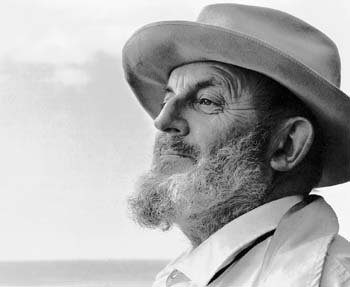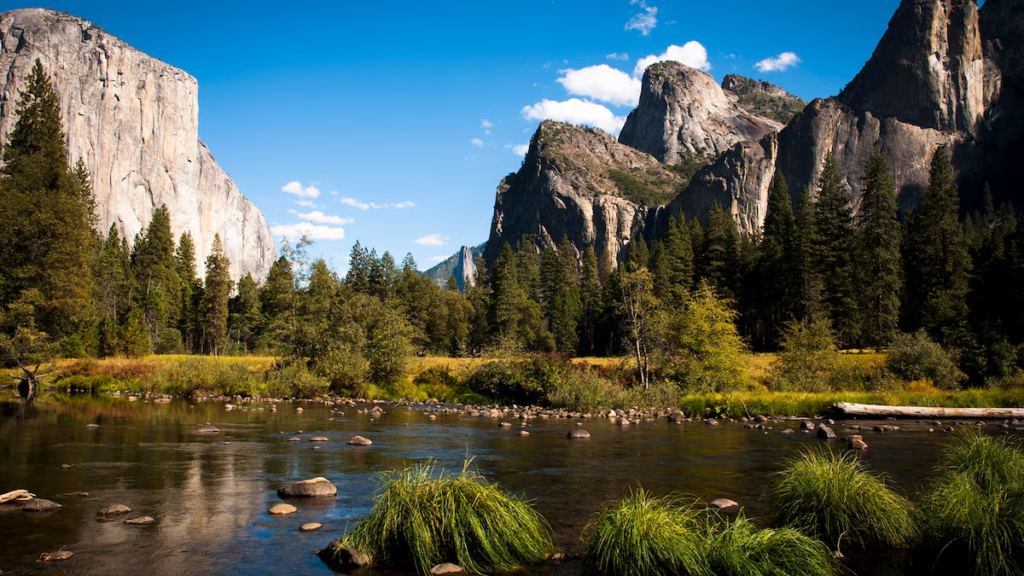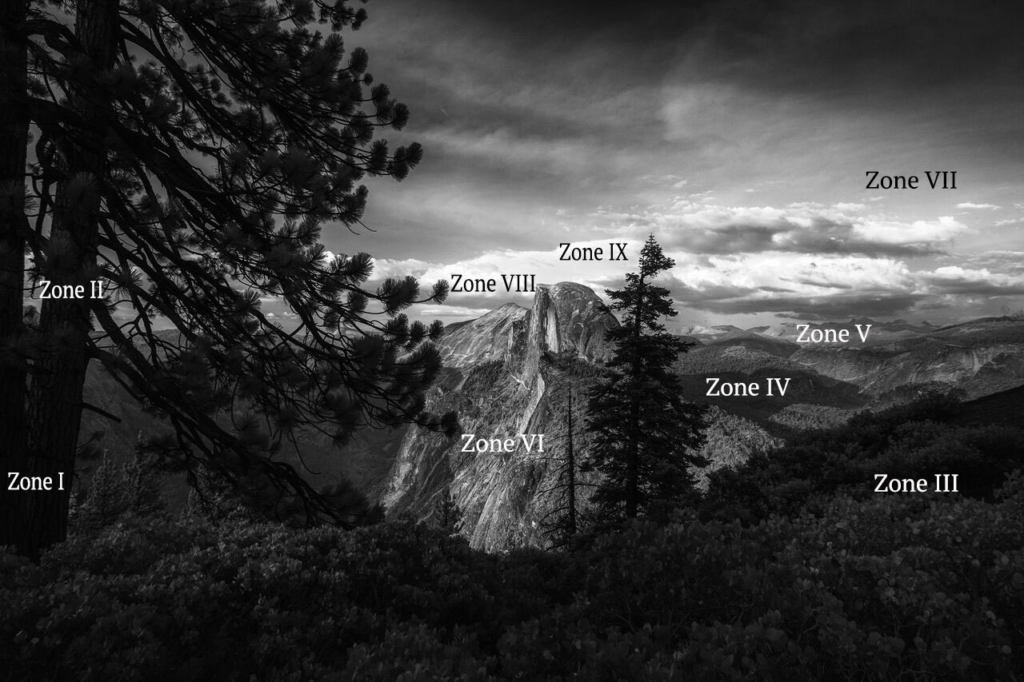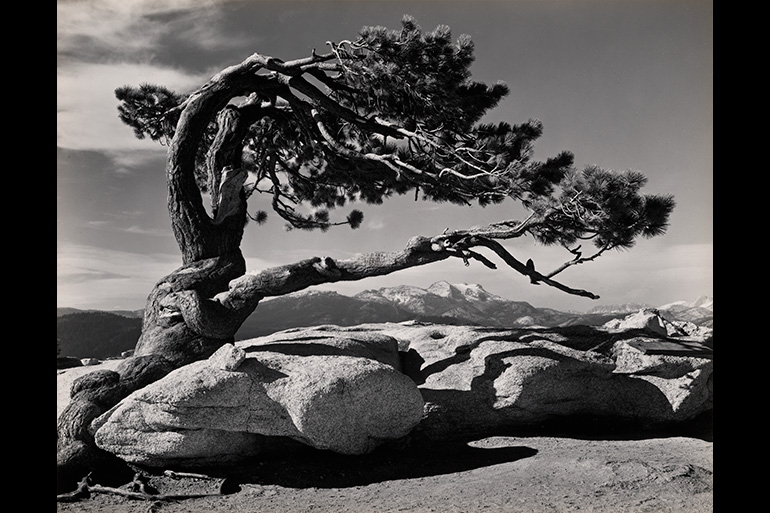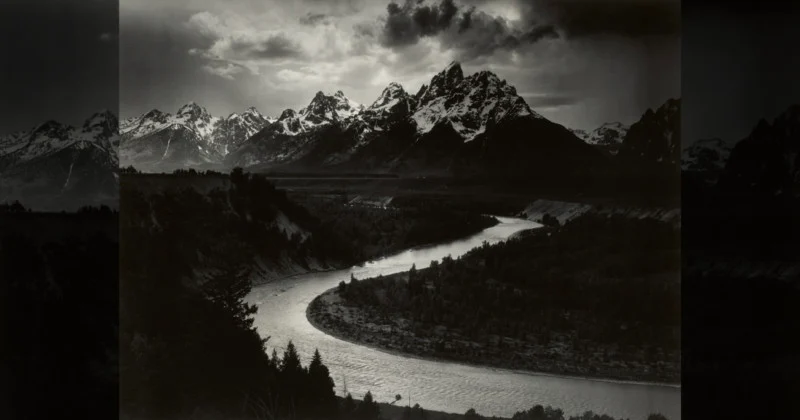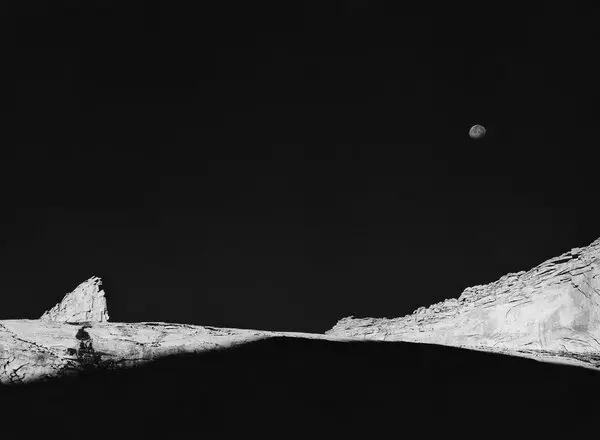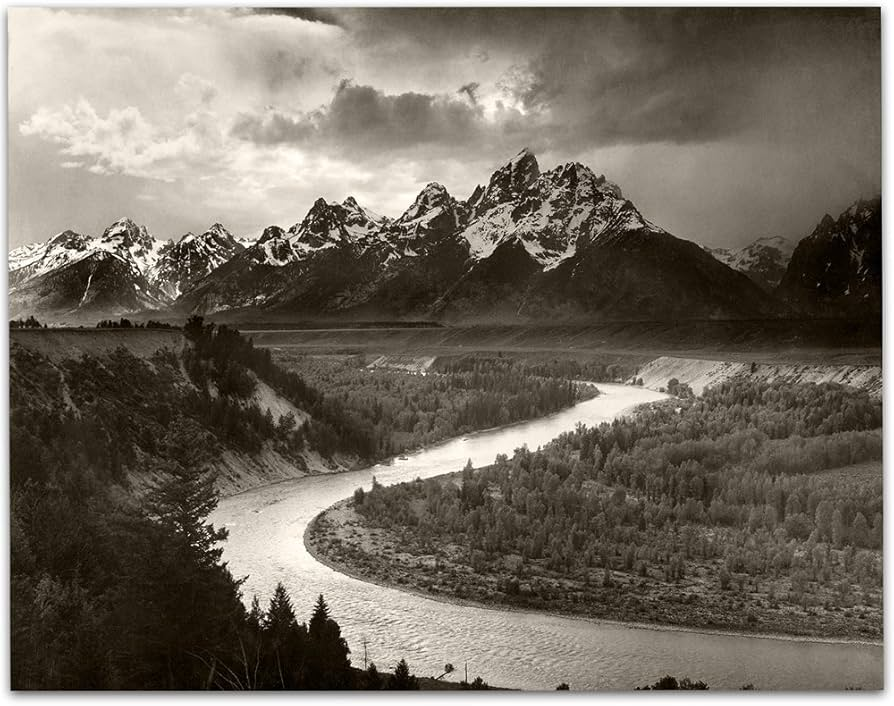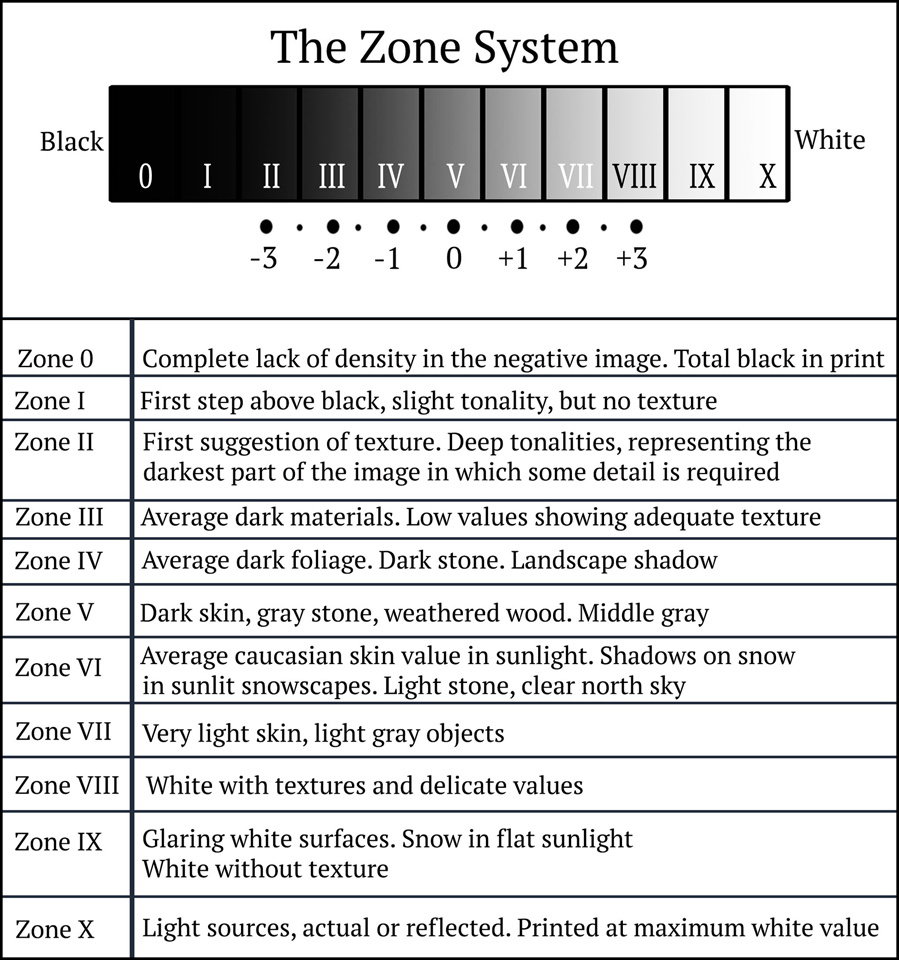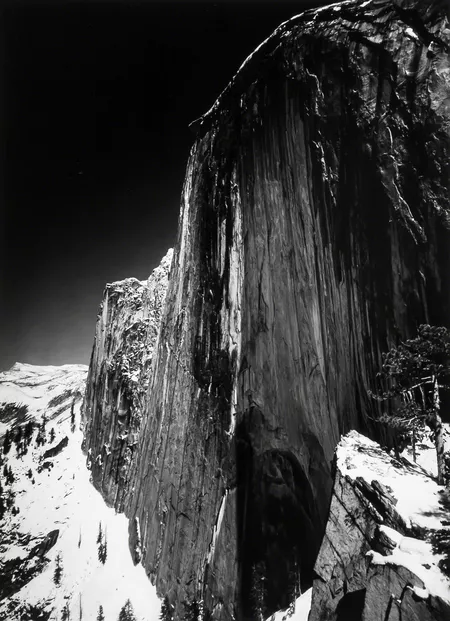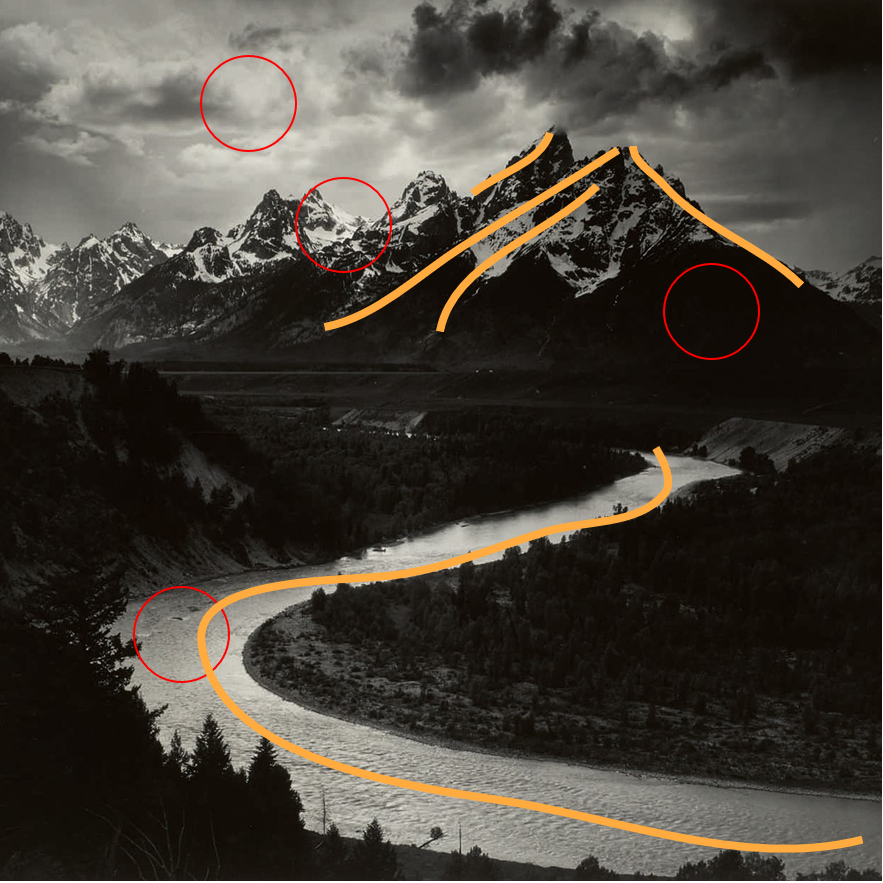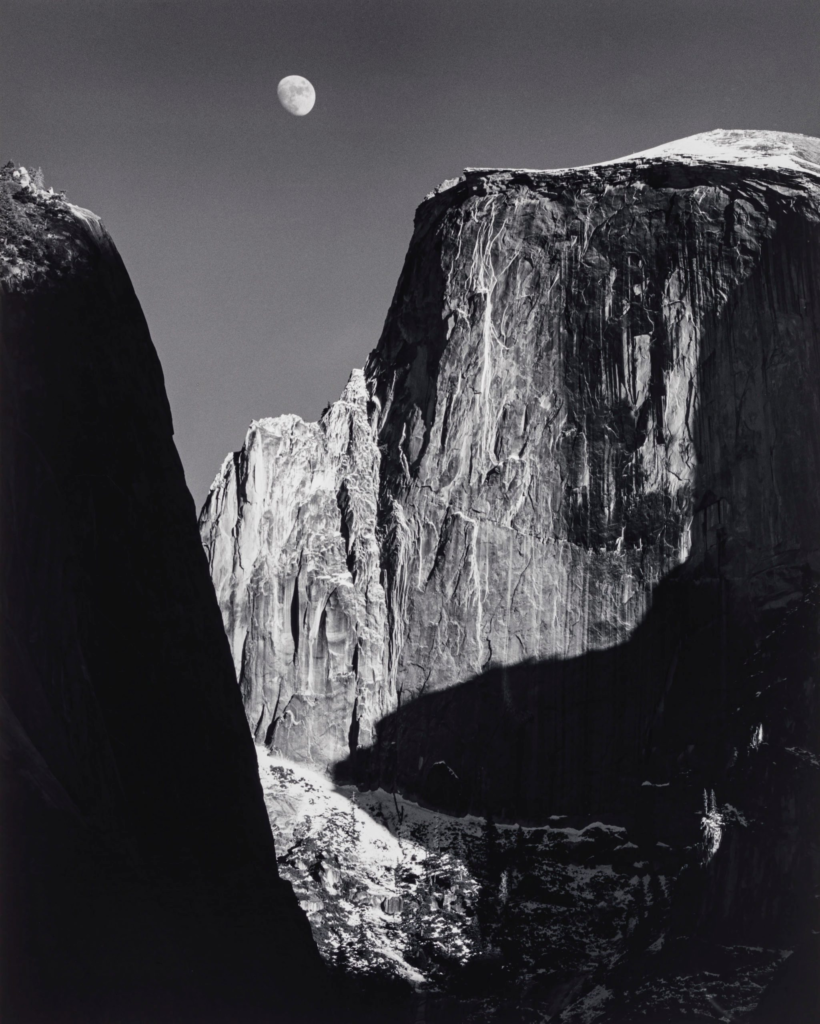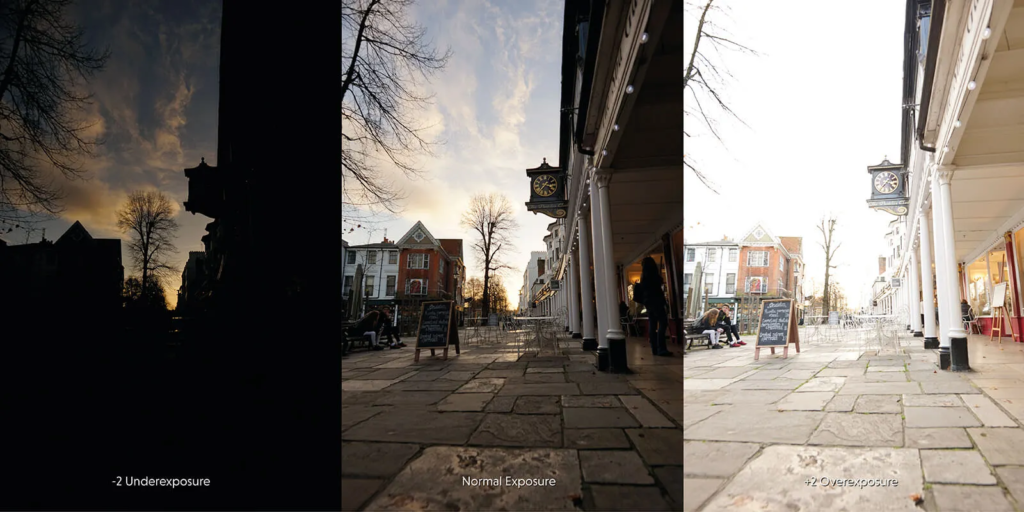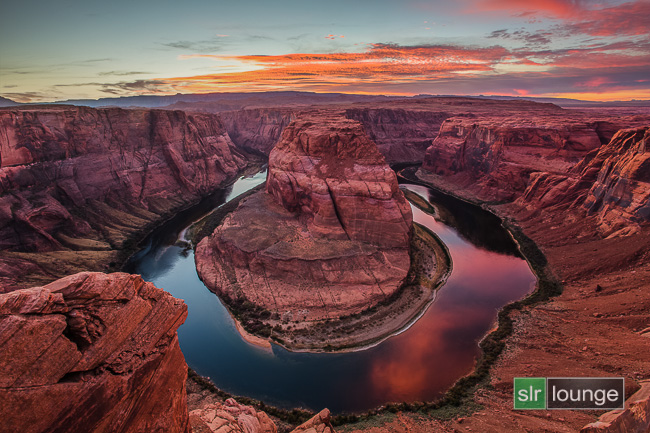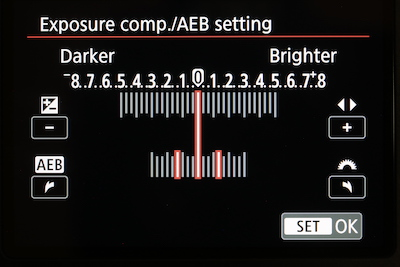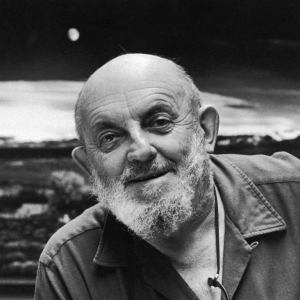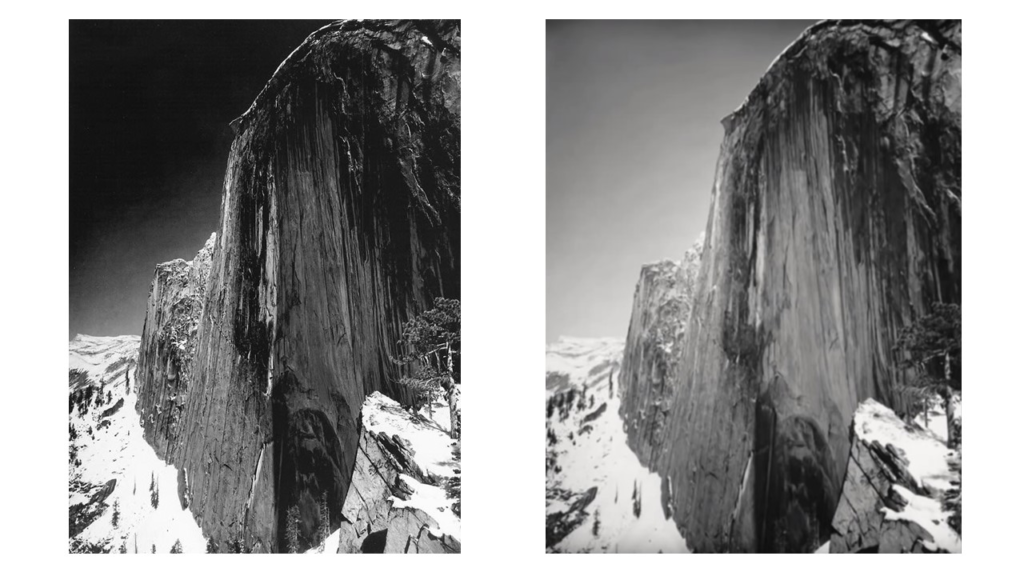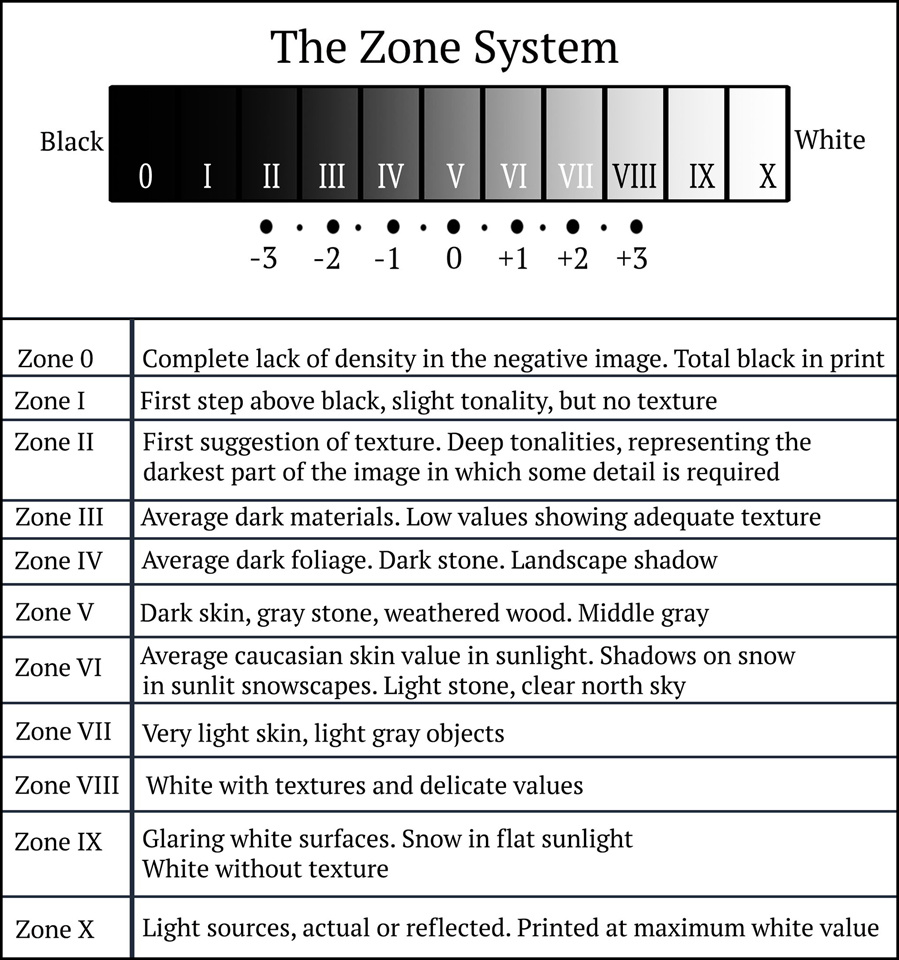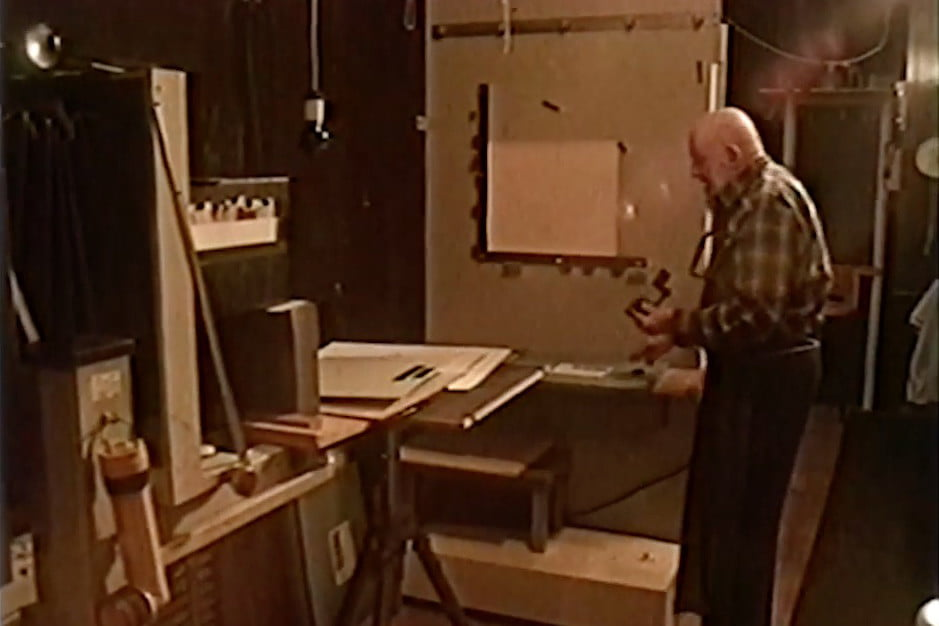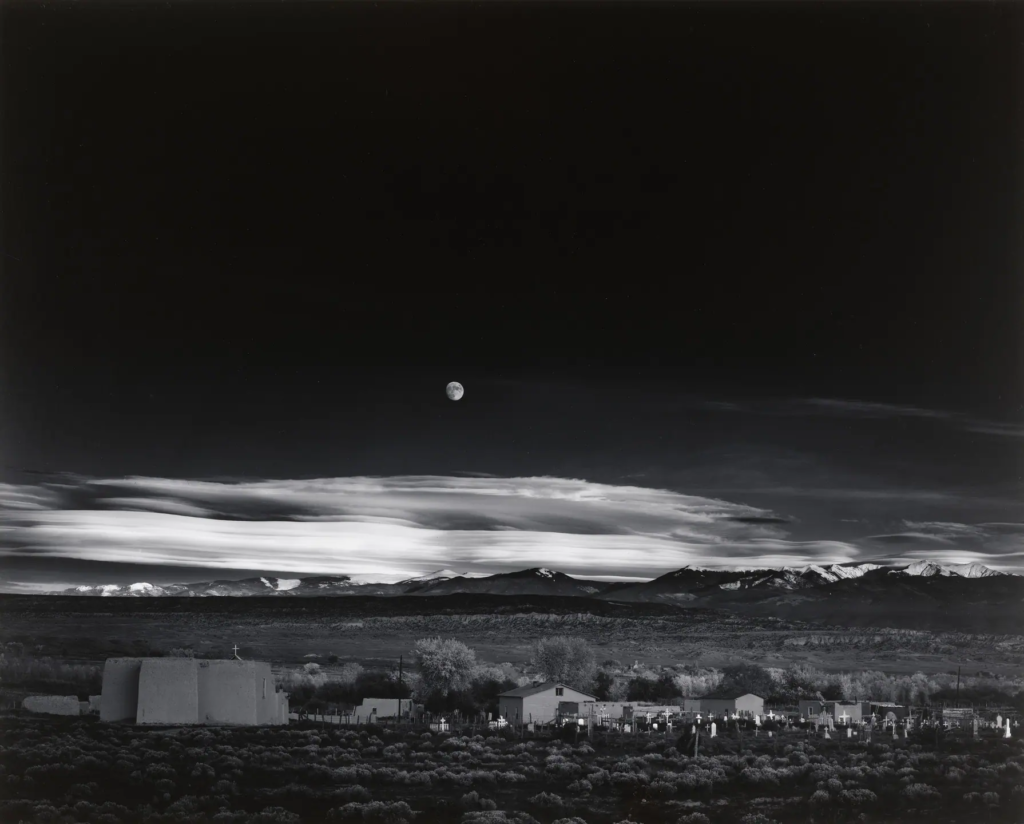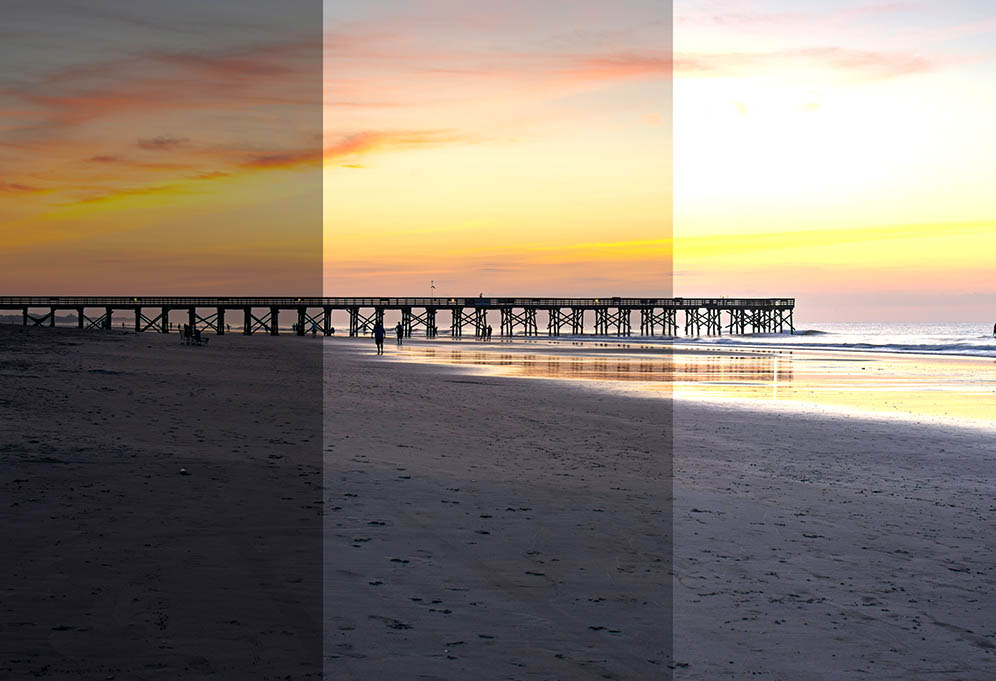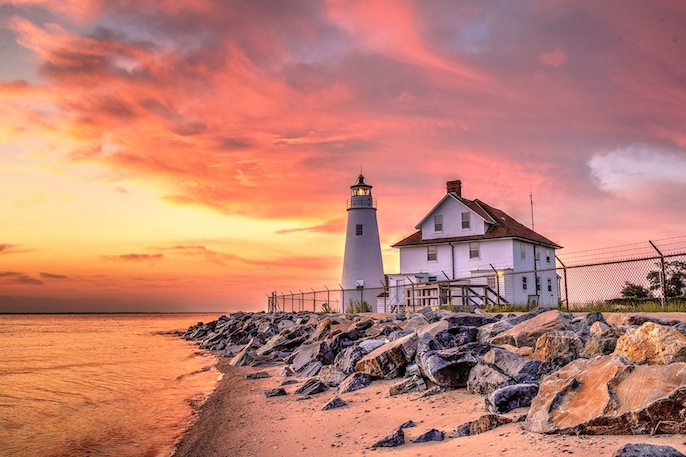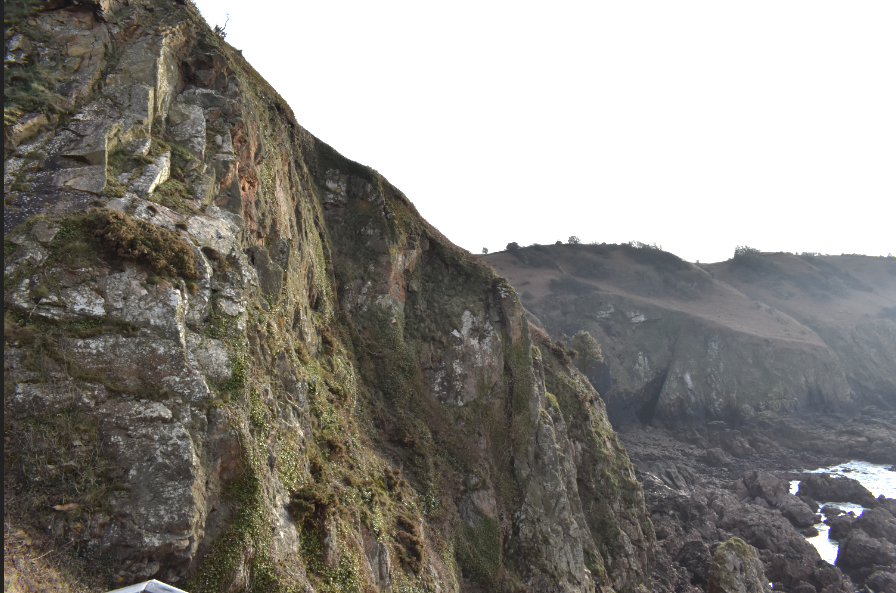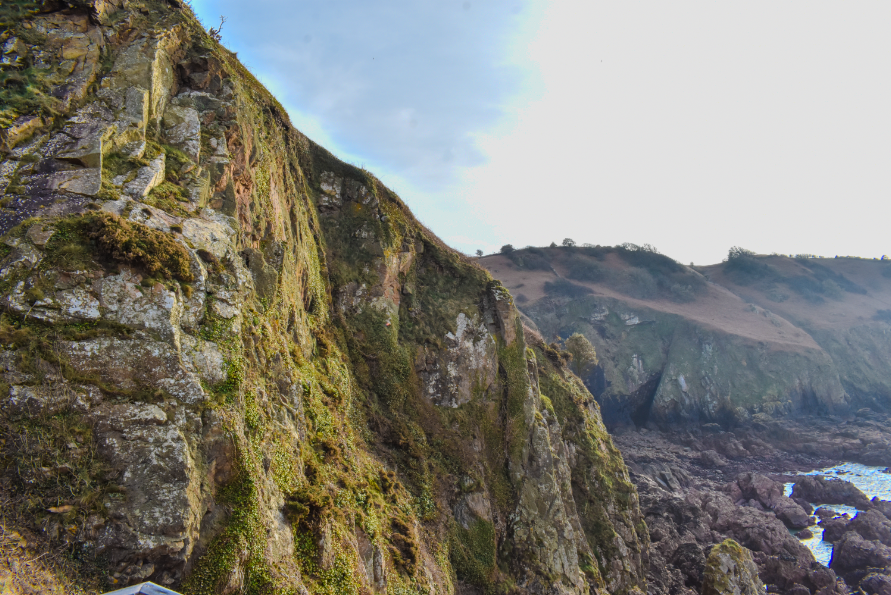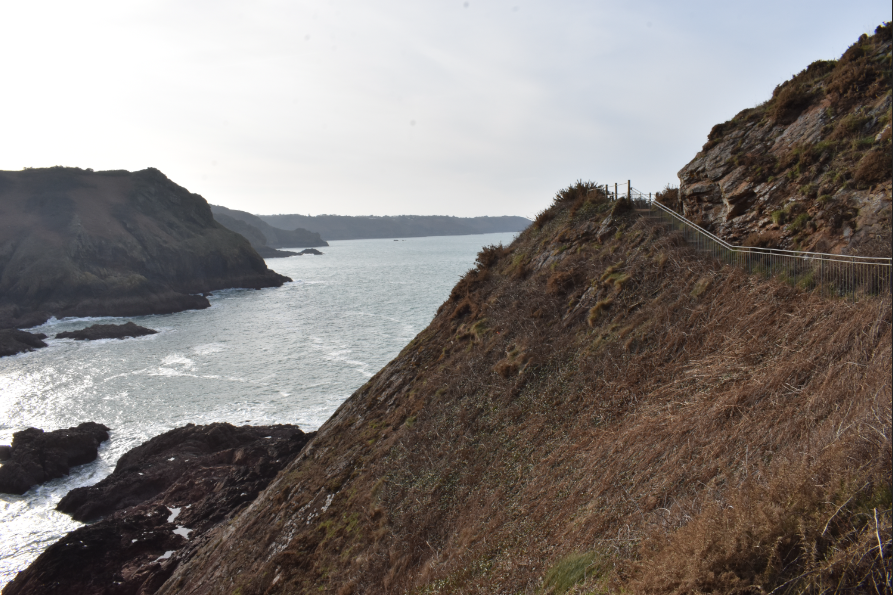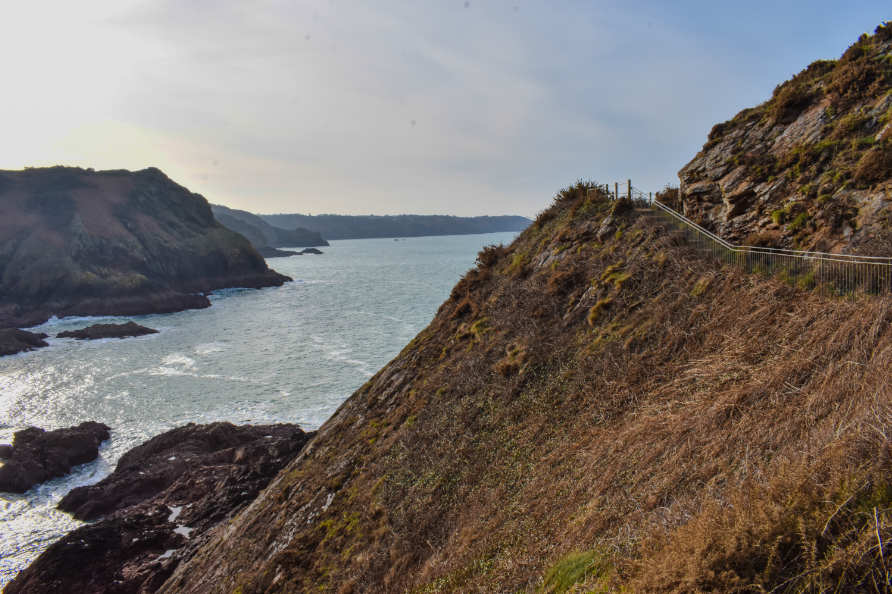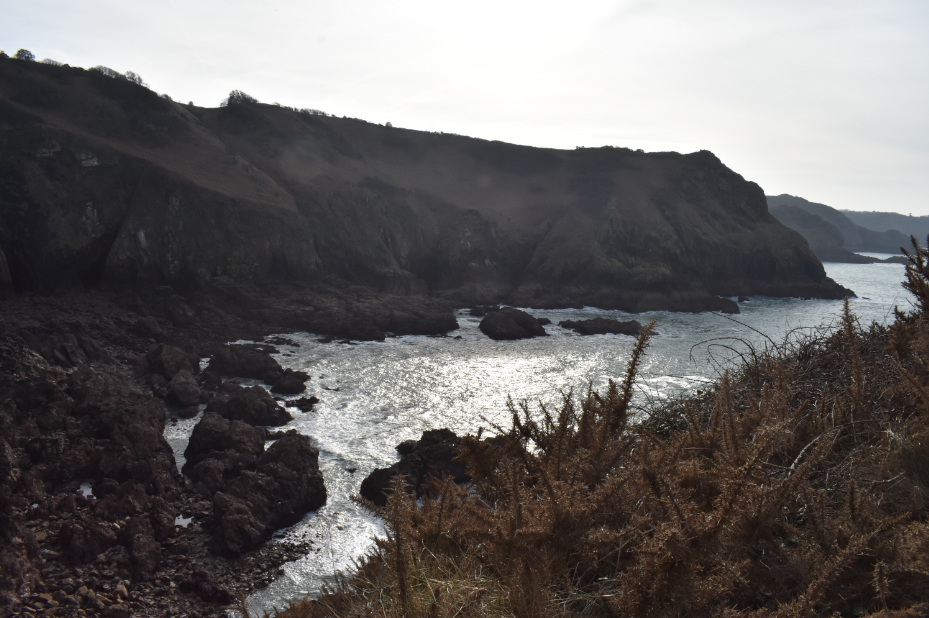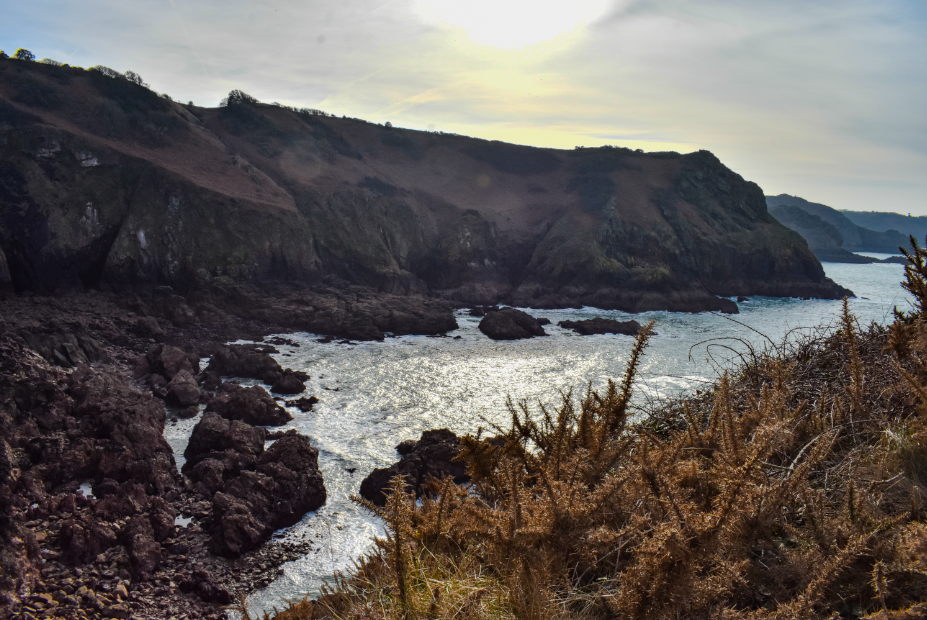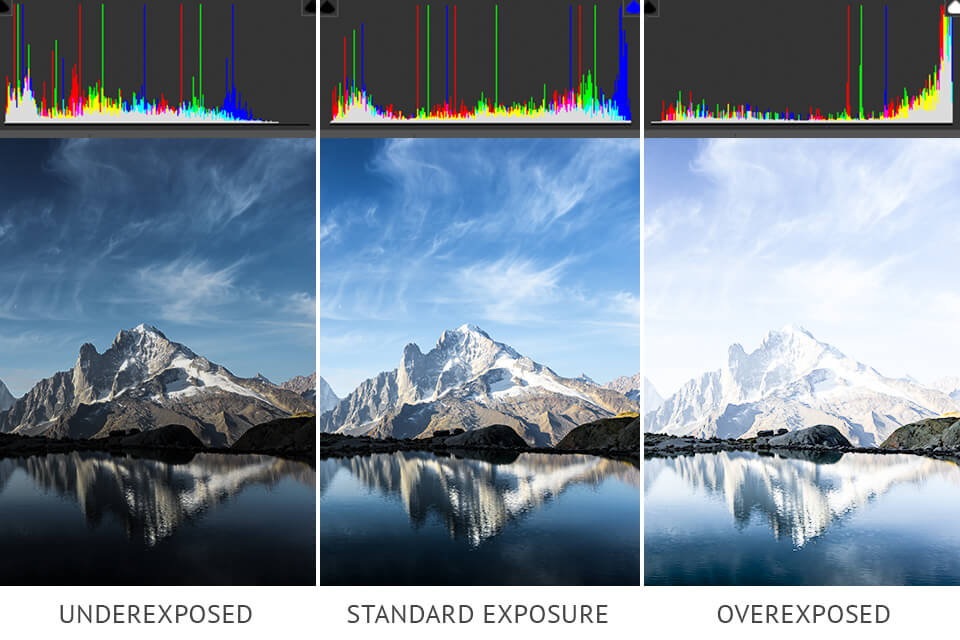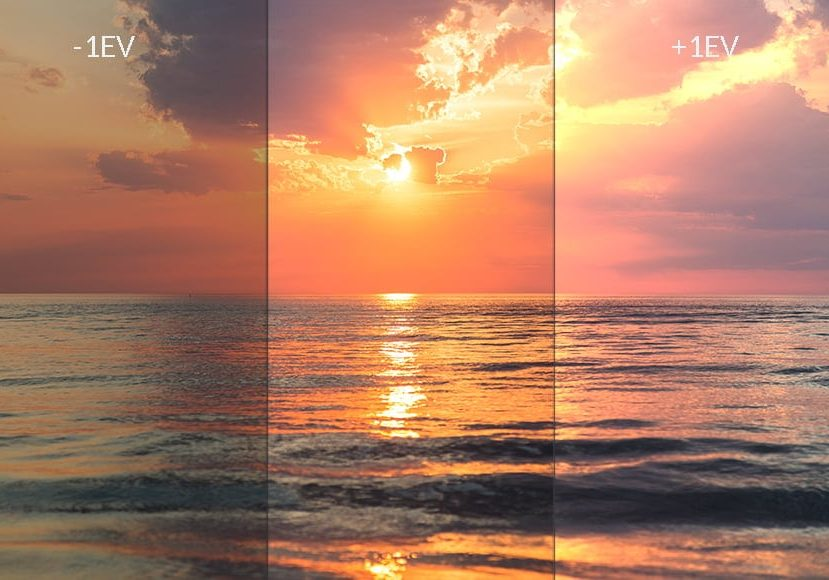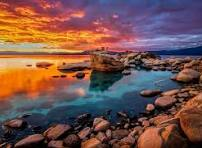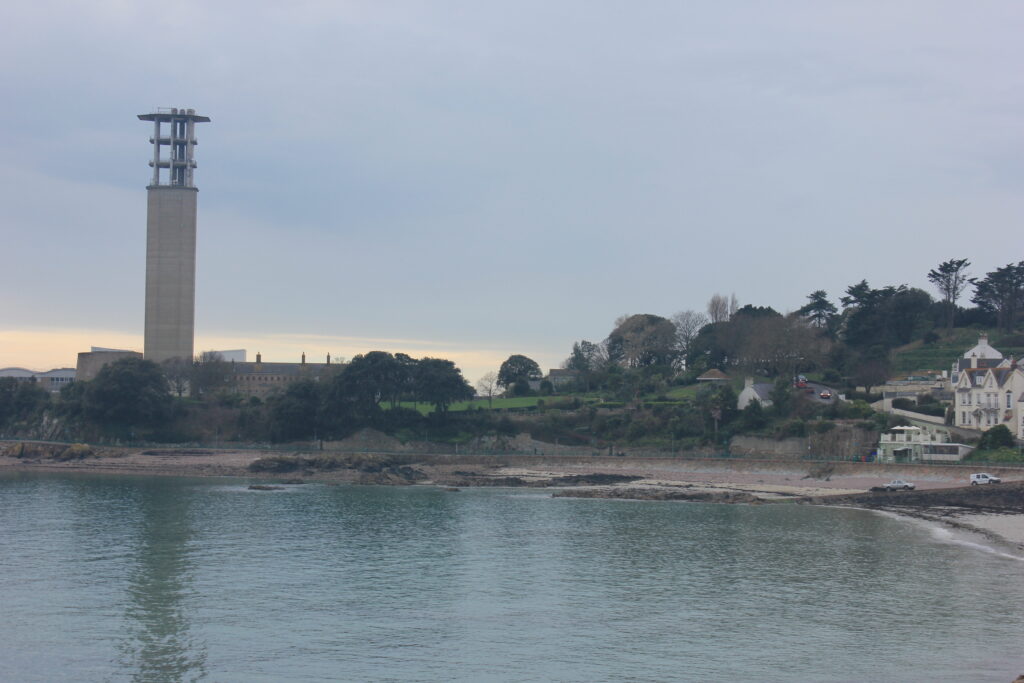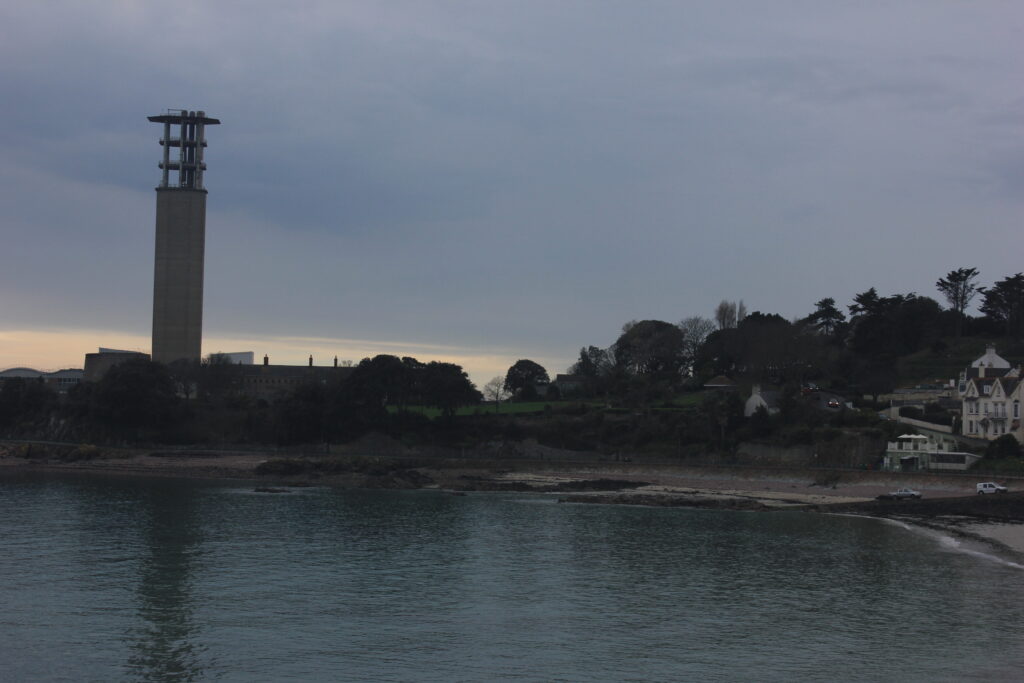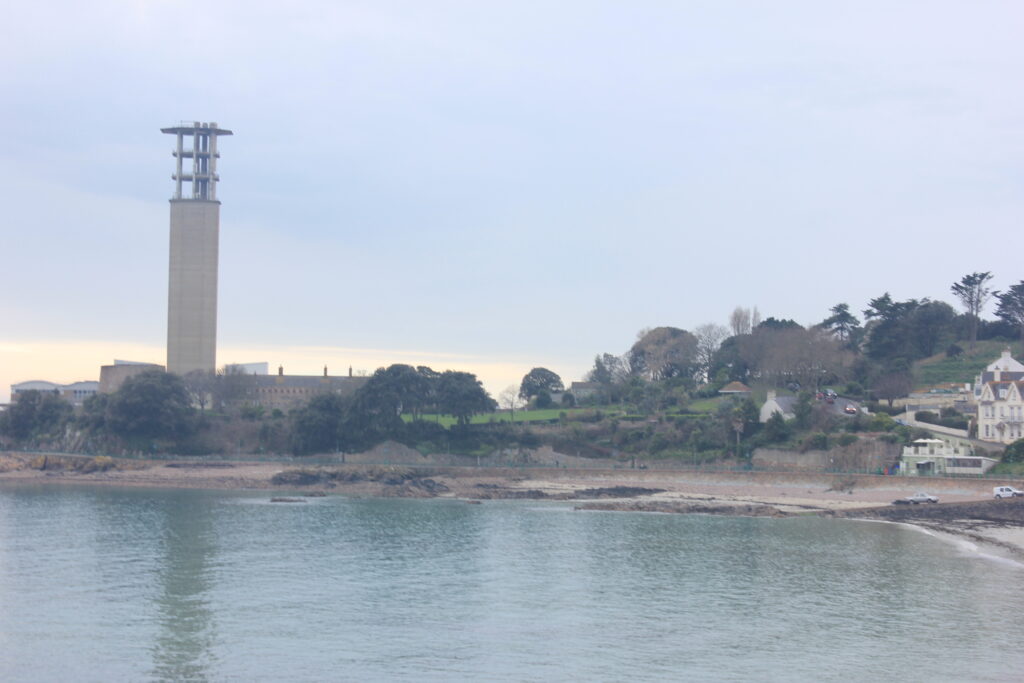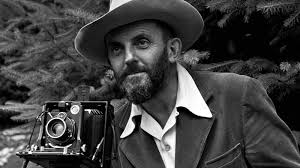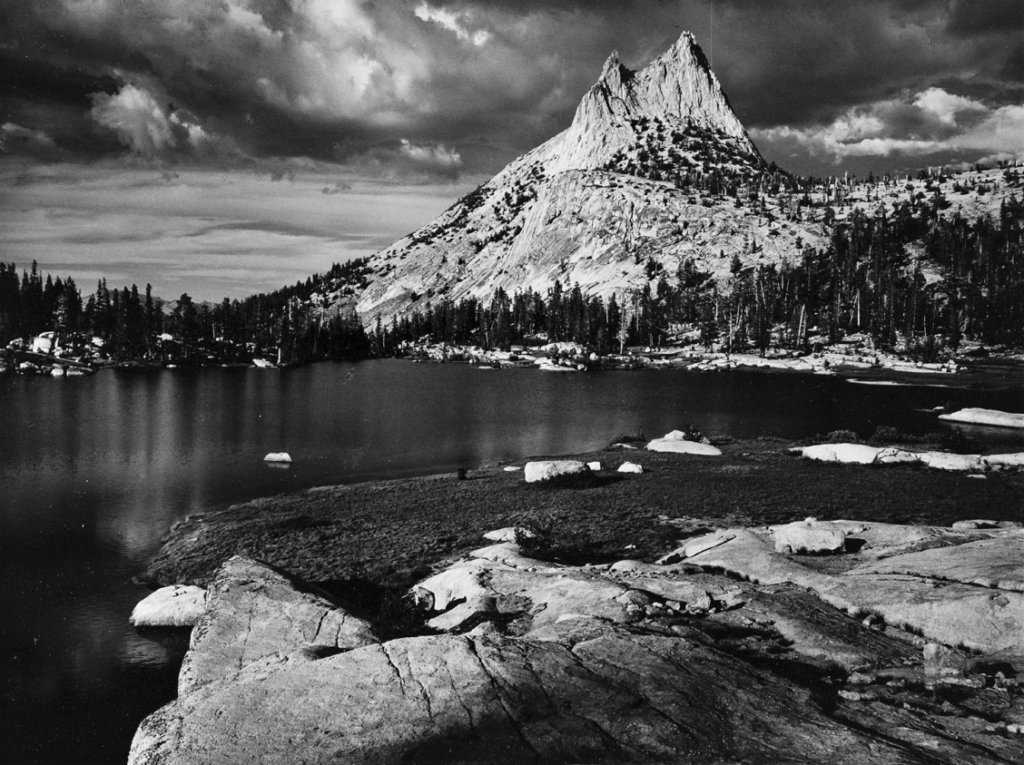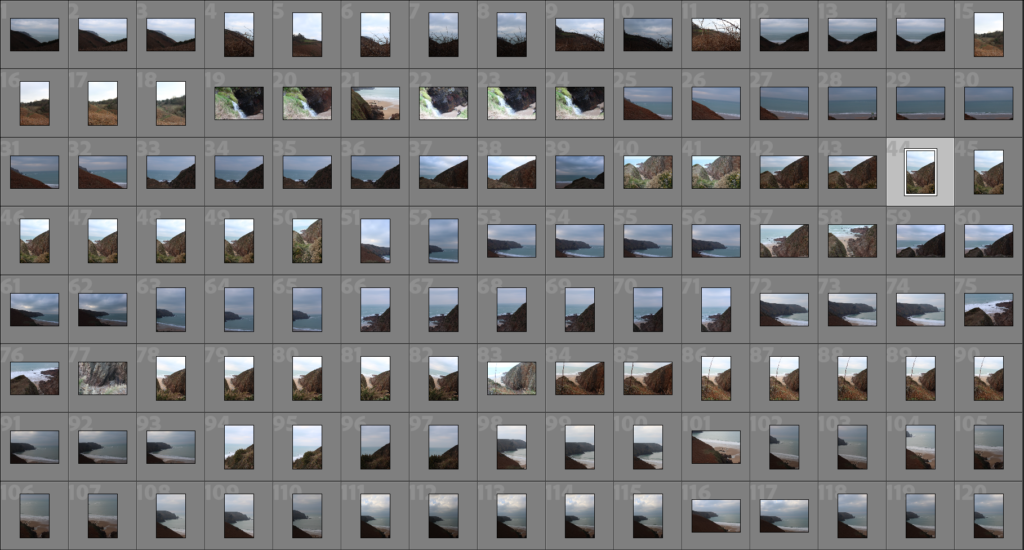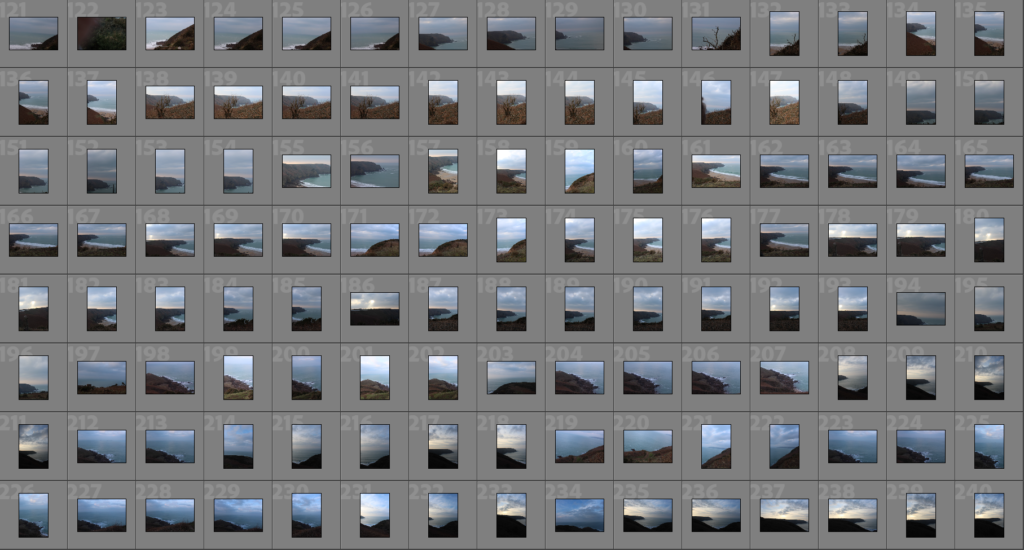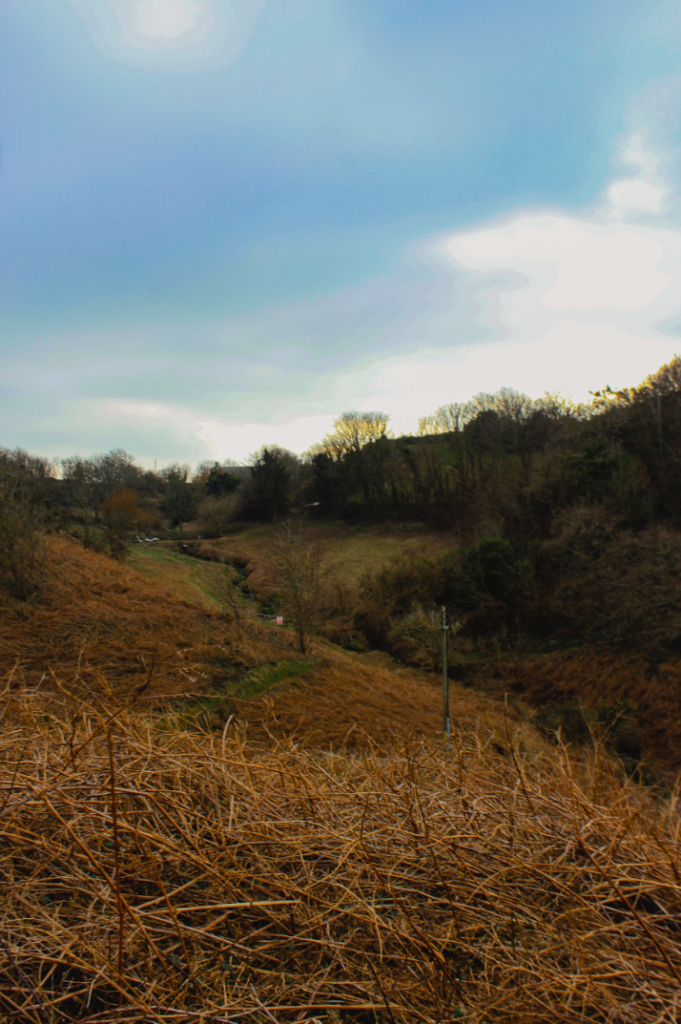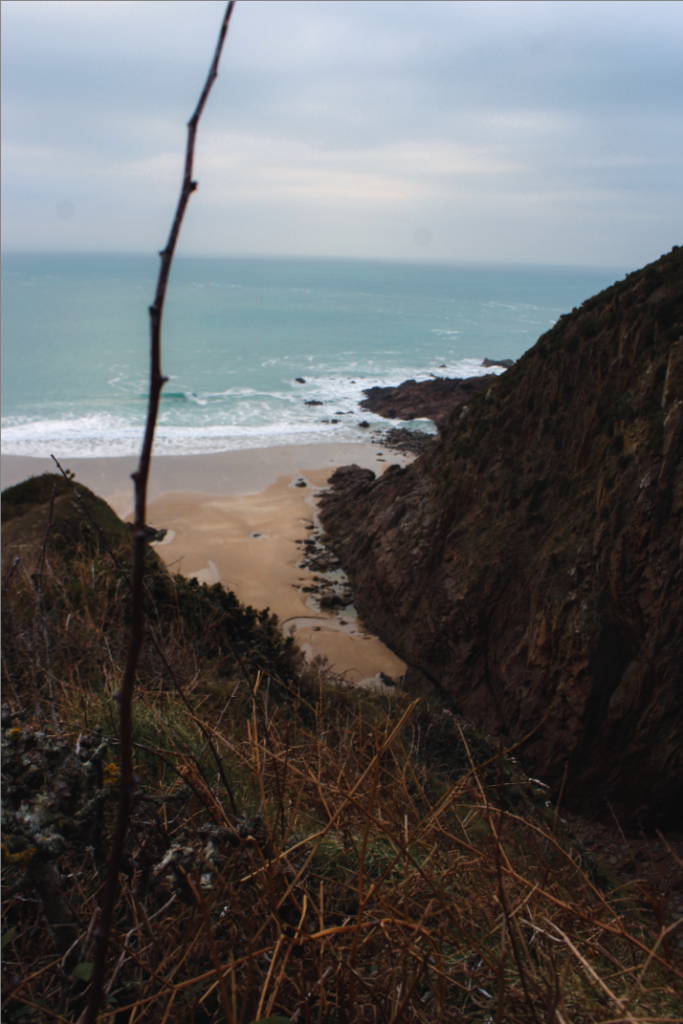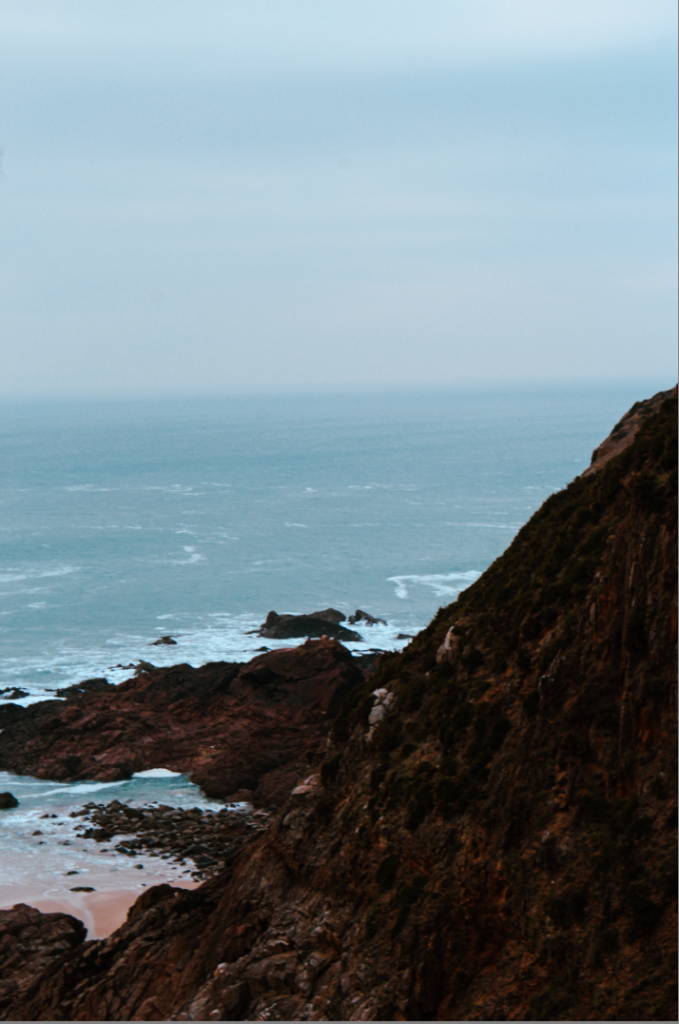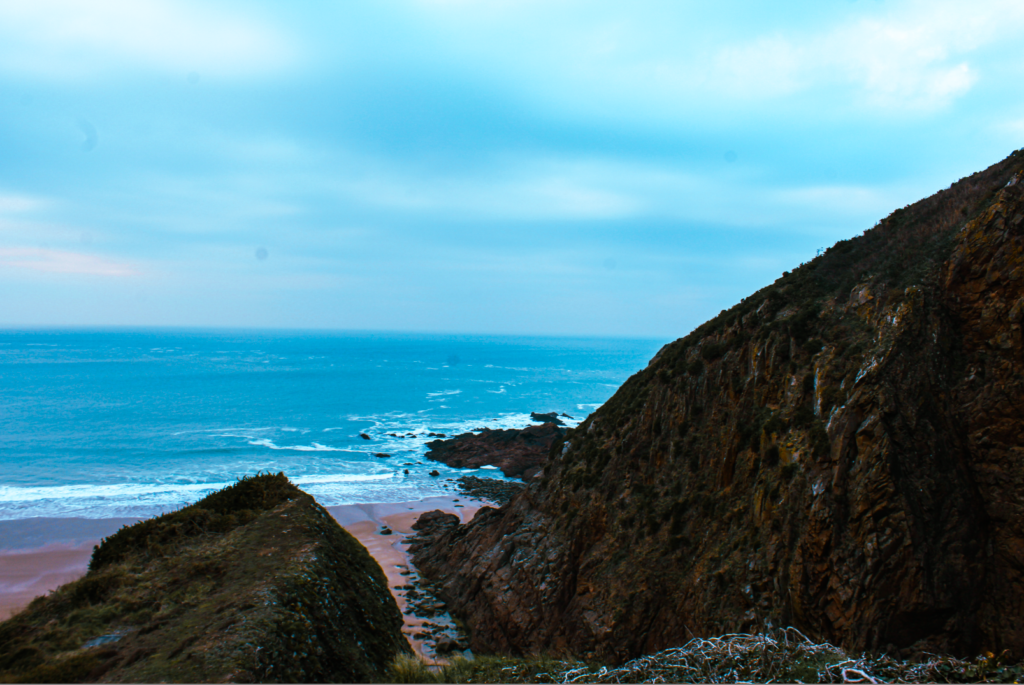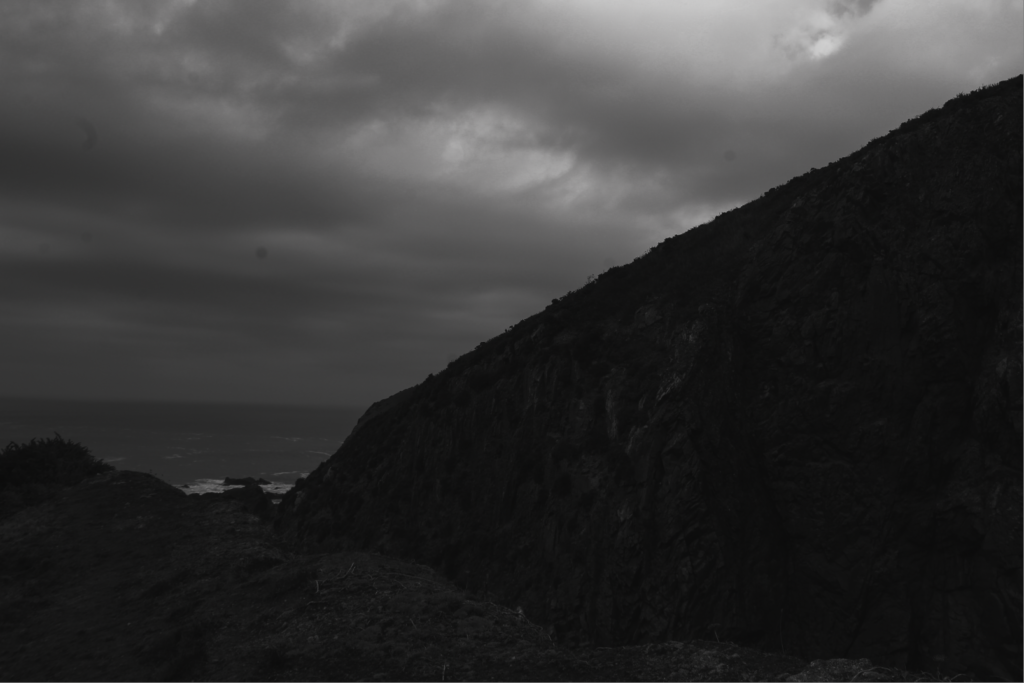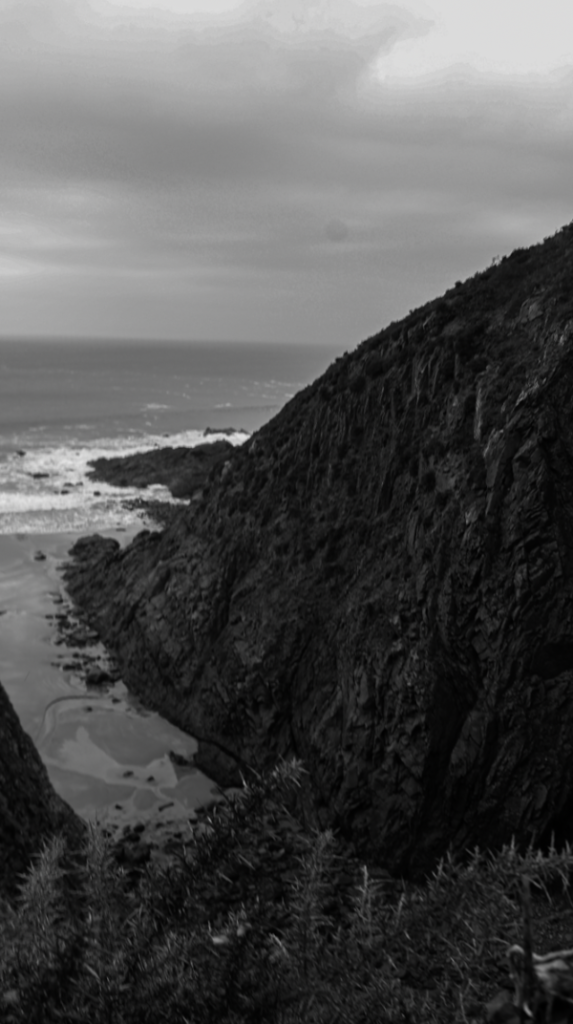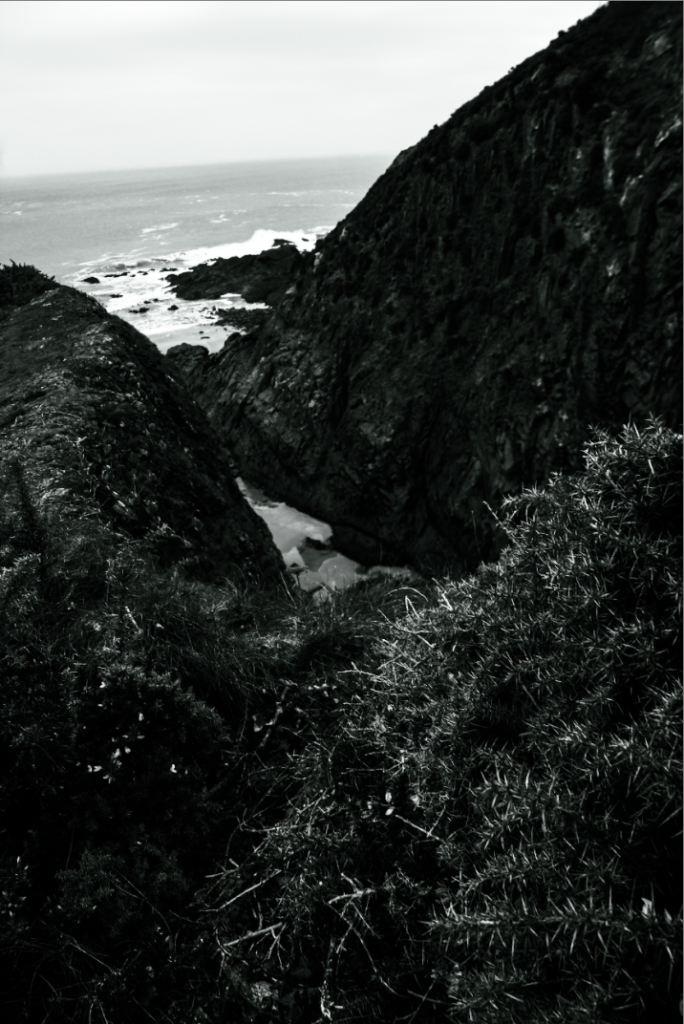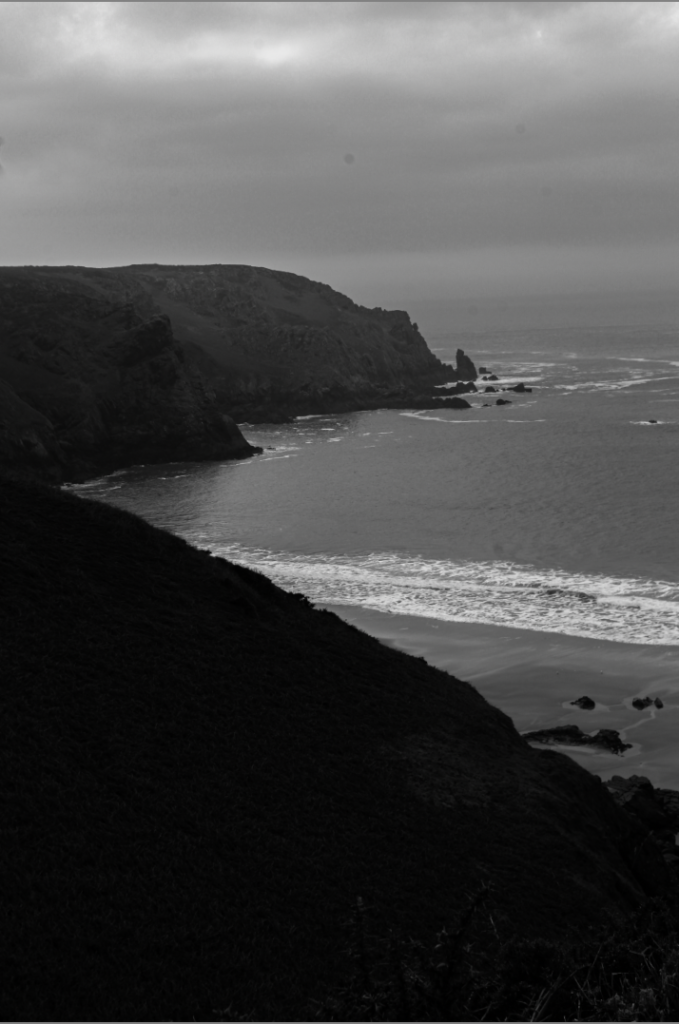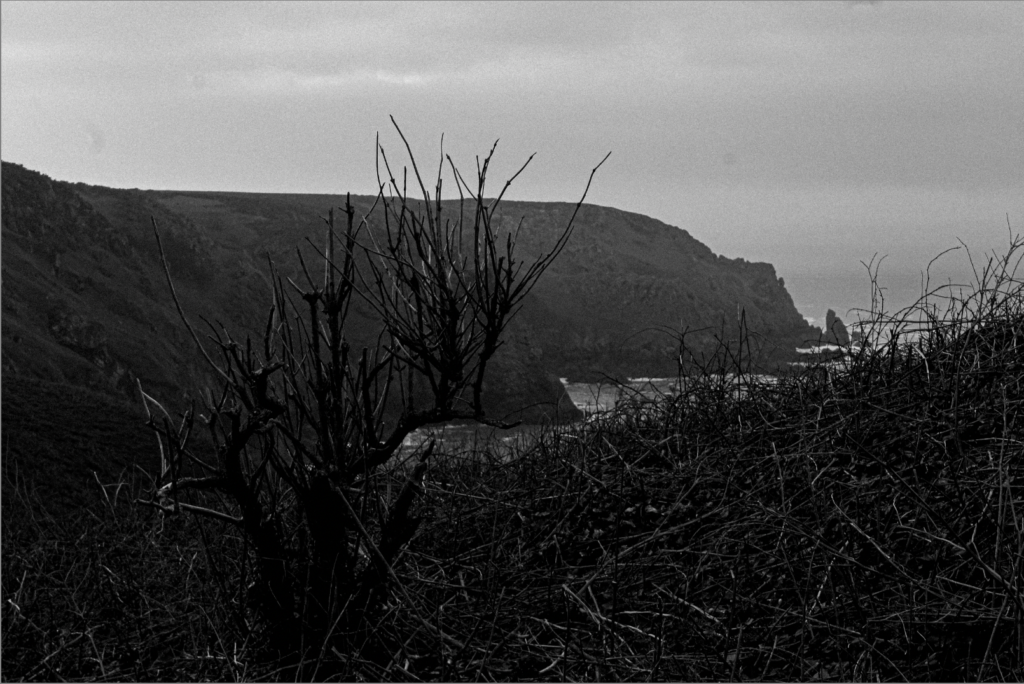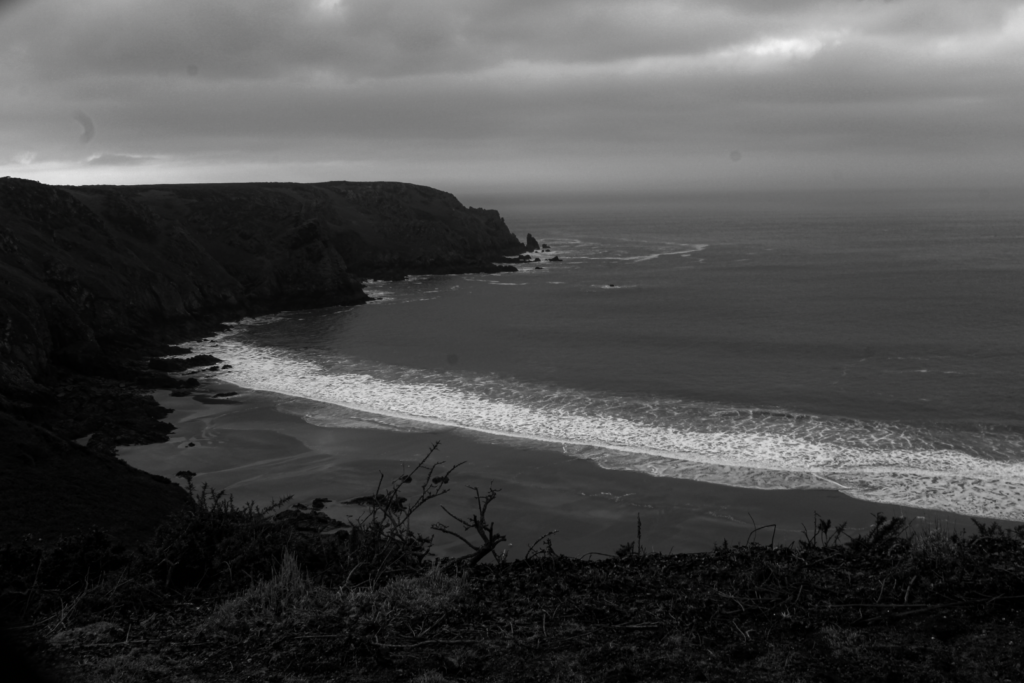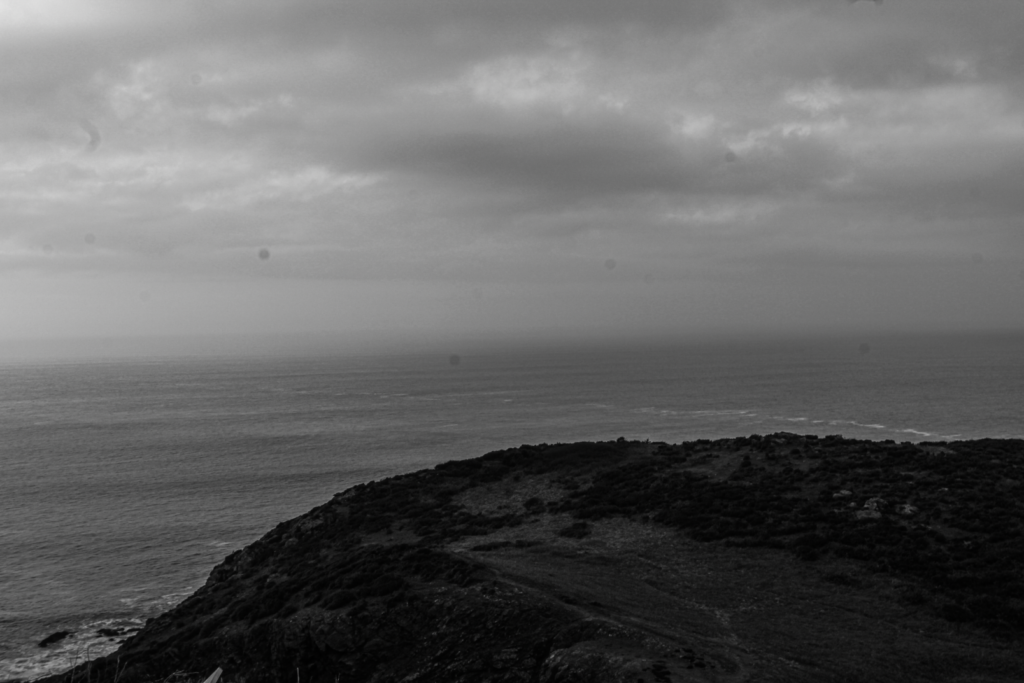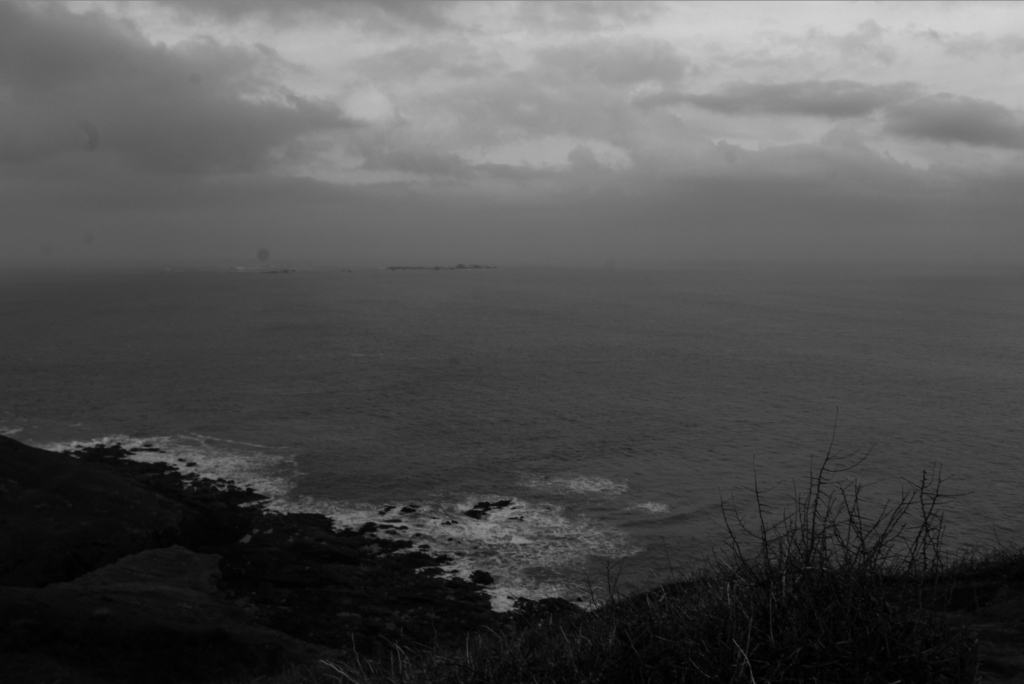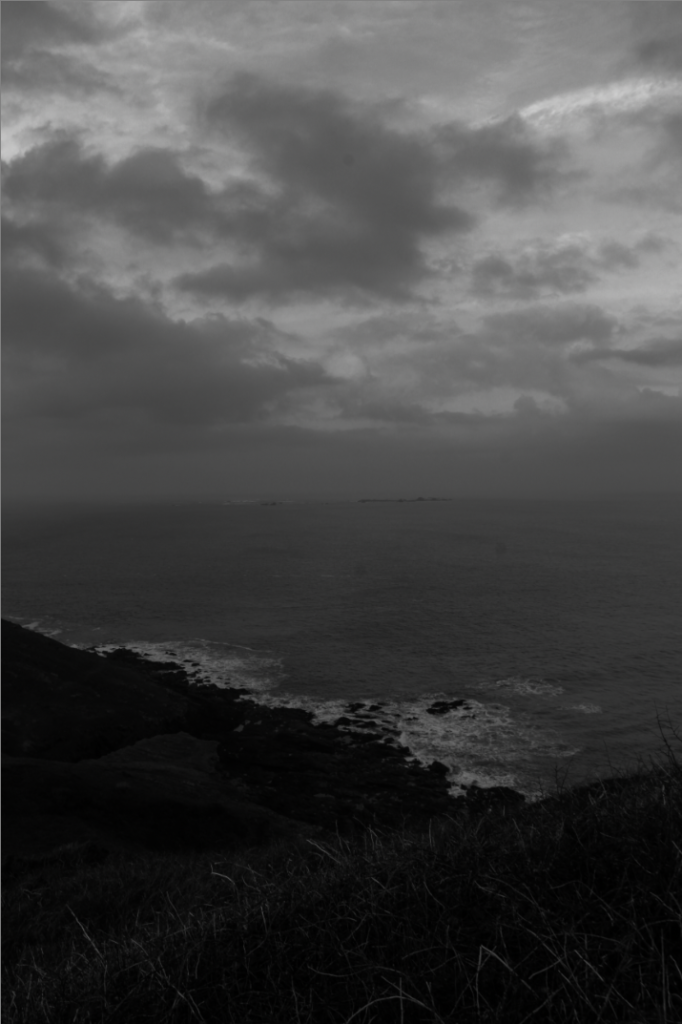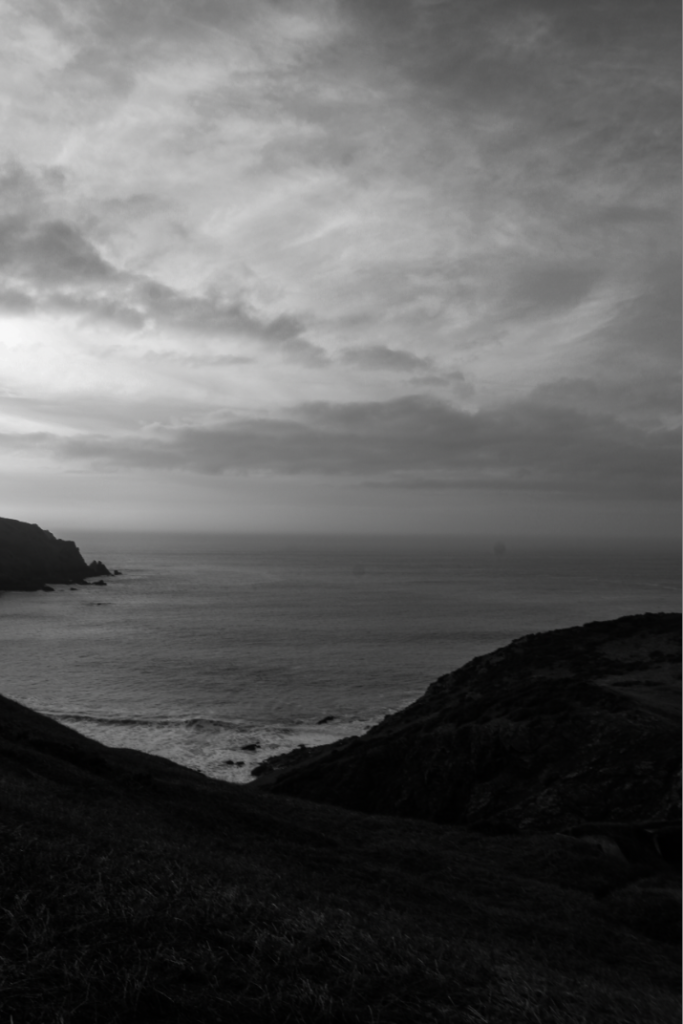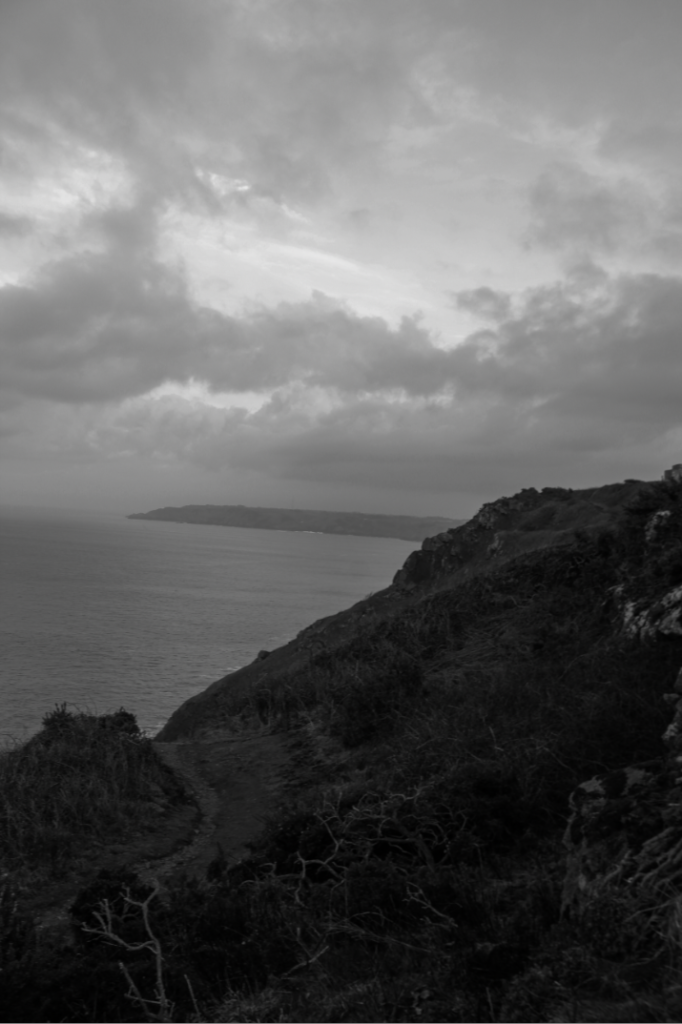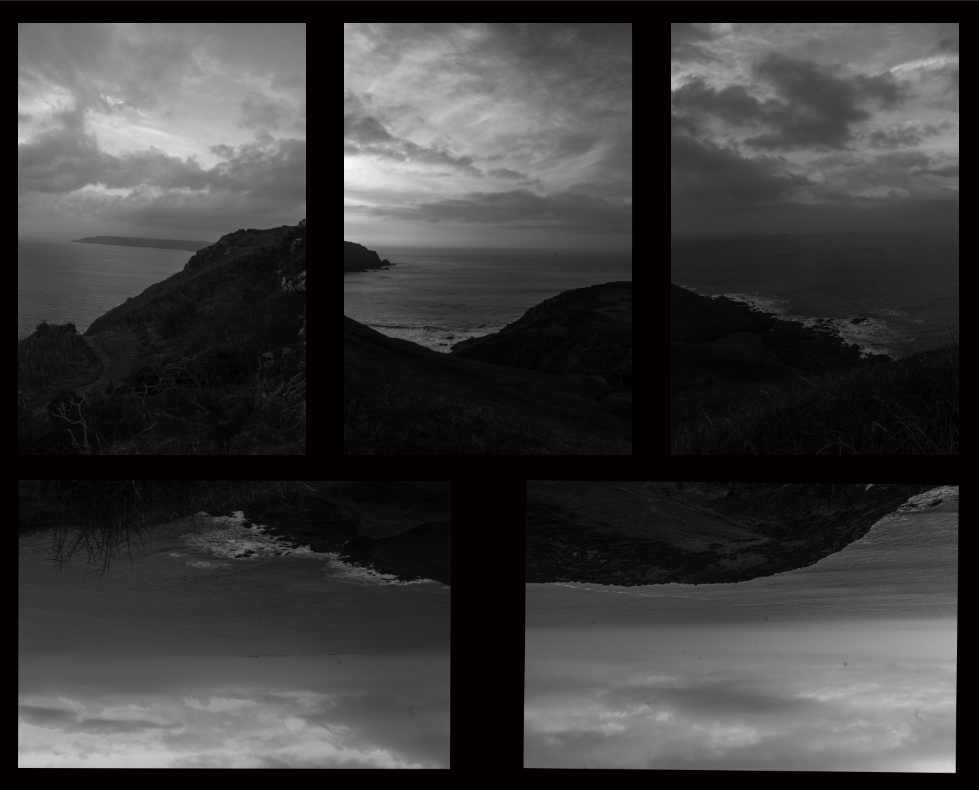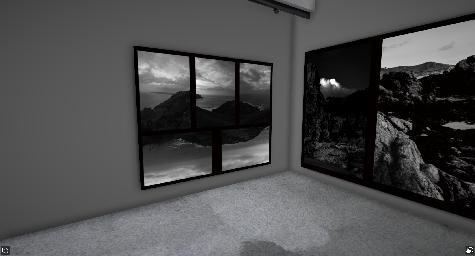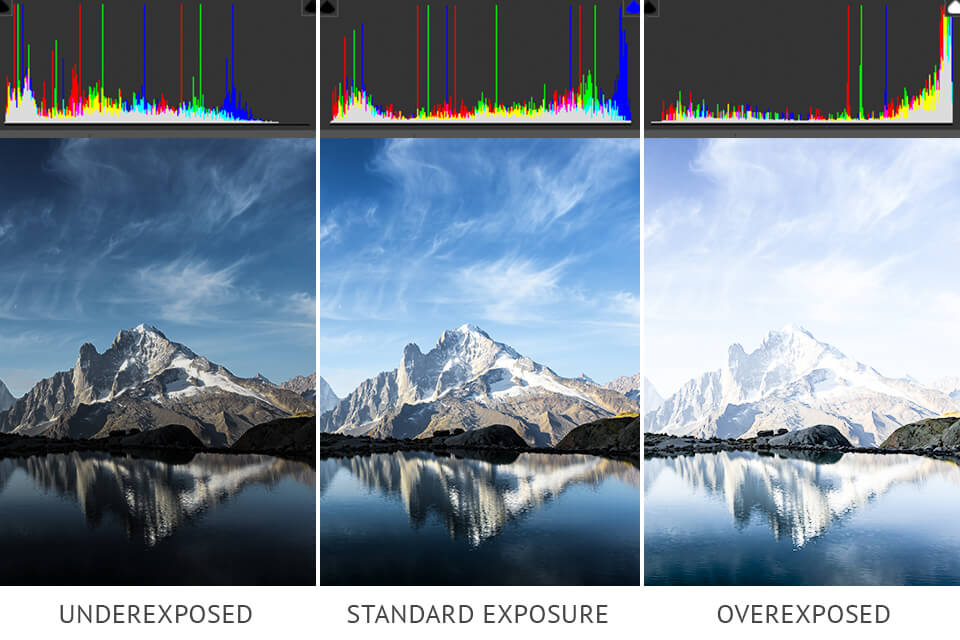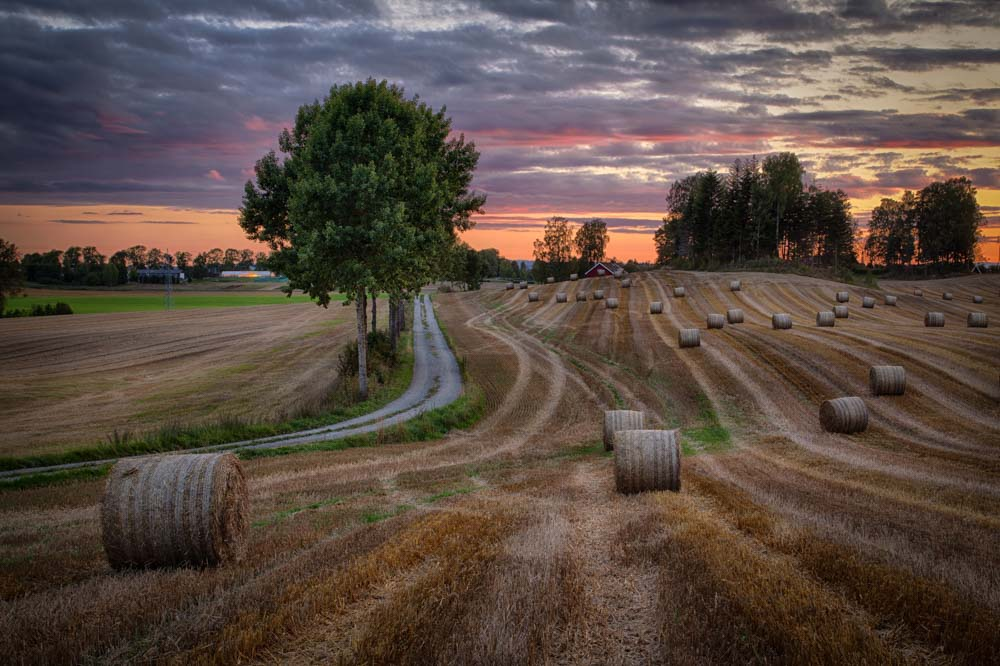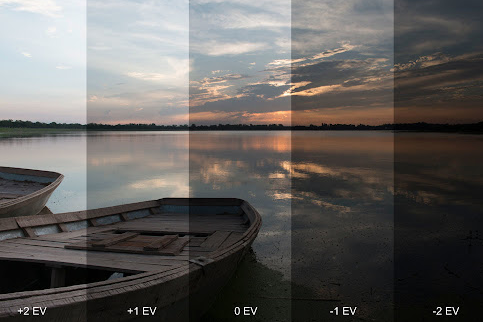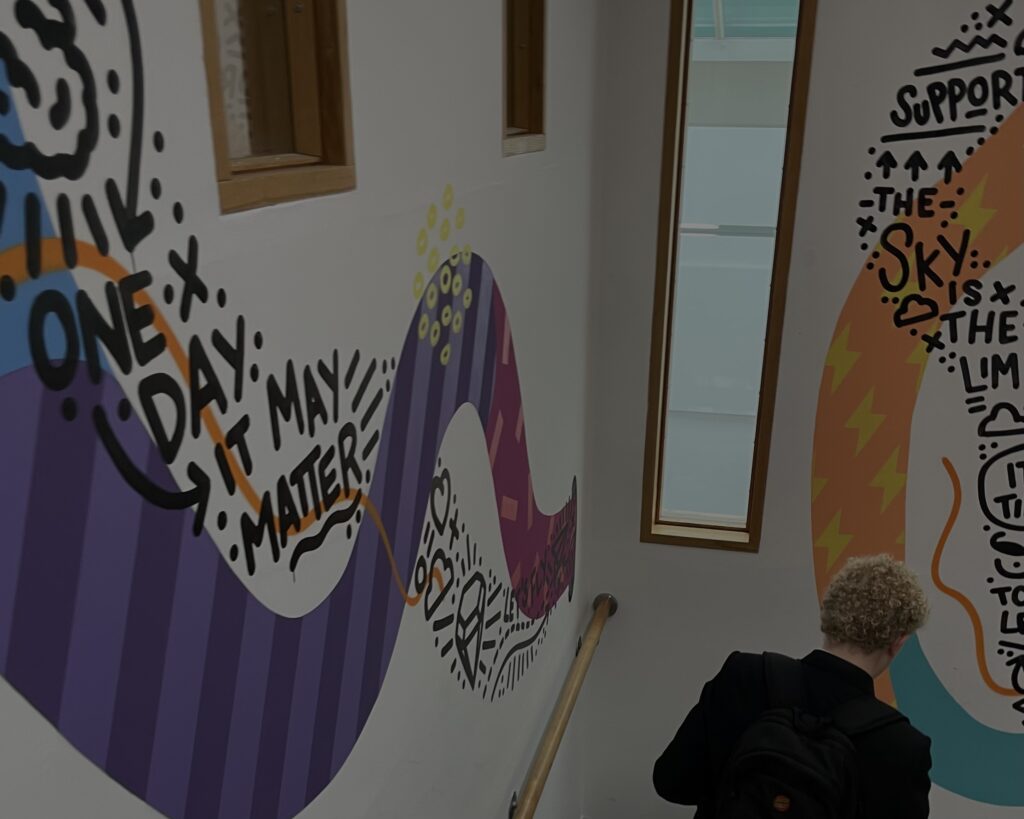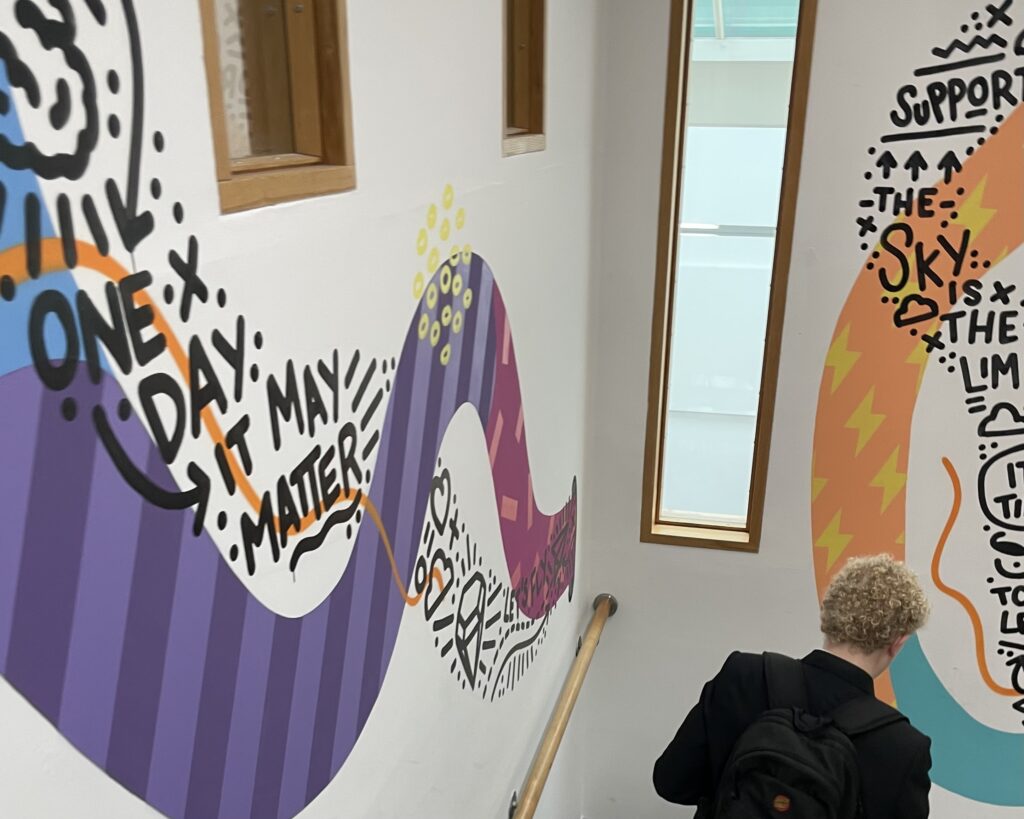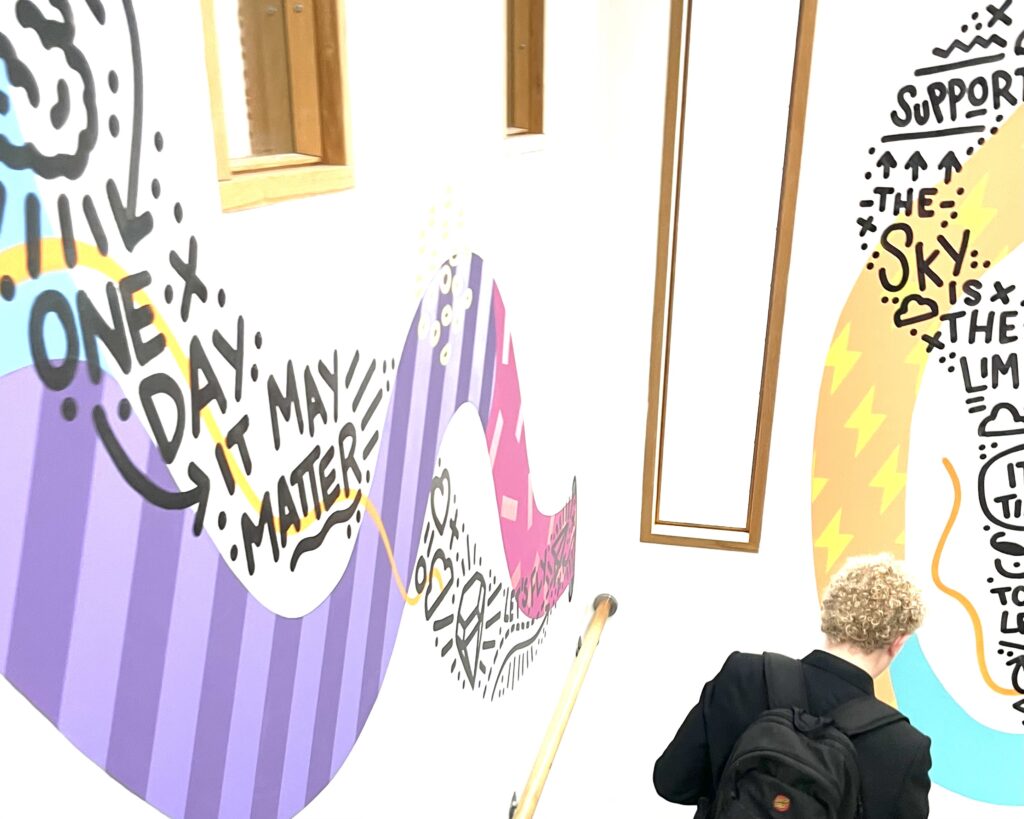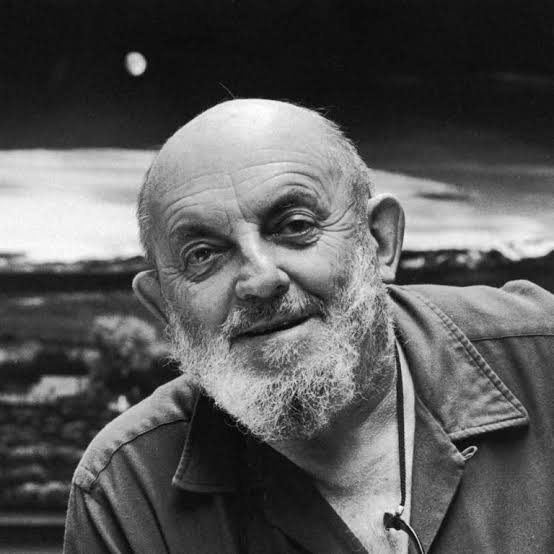
who – Ansel Easton Adams was an American landscape photographer and environmentalist known for his black-and-white images of the American West. He helped found Group f/64, an association of photographers advocating “pure” photography which favoured sharp focus and the use of the full tonal range of a photograph
childhood – As a young child, Adams was injured in the San Francisco earthquake of 1906, when an aftershock threw him into a garden wall. His broken nose was never properly set, remaining crooked for the rest of his life.
Adams was a hyperactive and sickly child with few friends. Dismissed from several schools for bad behaviour, he was educated by private tutors and members of his family from the age of 12. Adams taught himself the piano, which would become his early passion.
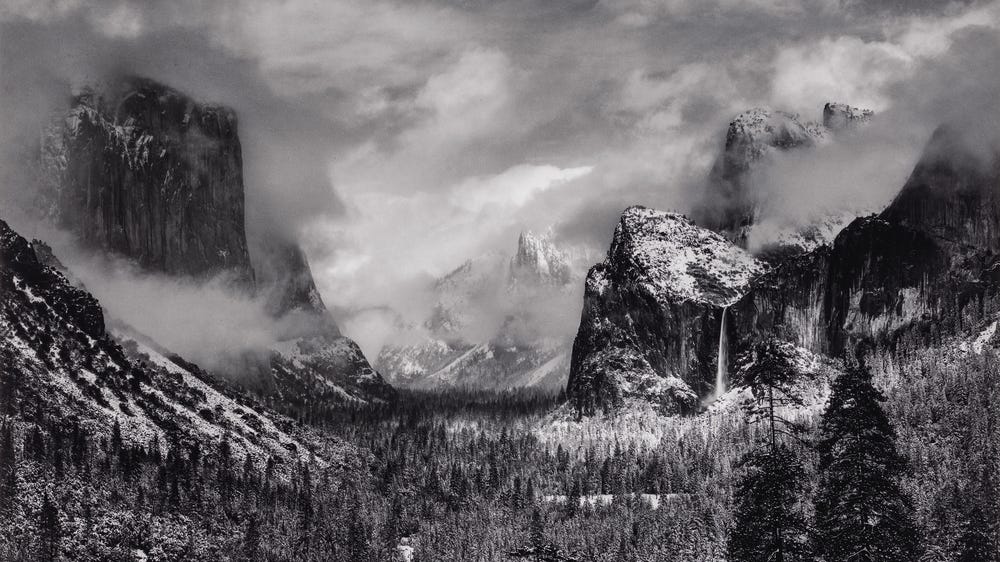
park that inspired his photography career – Yosemite National Park
how -to cut out any trace of human activity, evoking untouched wilderness.
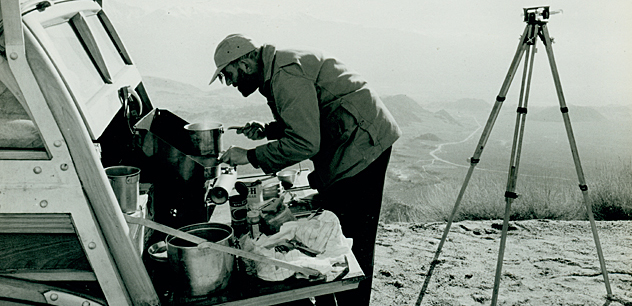
sierra club – a powerful national organization that lobbied to create national parks and protect the environment from destructive development projects, which is one of the oldest environmental preservation societies. in 1927, Adams got the break that changed his life forever when he was named the sierra clubs official photographer.
other then landscape photography – Rather, in his later life, he spent most of his energy as a photographer on reinterpreting his earlier work and on editing books of his own work. an environmentalist

Kings Canyon – formed by glaciers in California’s Sierra Nevada mountains, it sits immediately to the north of world-famous Sequoia National Park, founded in the 1890s to protect the giant redwoods from logging interests. But in spite of its stunning natural beauty and its proximity to Sequoia National Park, Kings Canyon itself remained unprotected into the 1930s
But convincing Congress, thousands of miles away in Washington, to protect the High Sierra would be no easy task. – The Sierra Club entrusted the job to Ansel Adams, one of their most prominent members. He was not only familiar with the Canyon, he had photographed it extensively. Over the course of the fight to preserve Kings Canyon, Ansel lugged his portfolios from the Senate to the House and back, eventually meeting with over 40 members of Congress. Of course, the photographs themselves were stunning. But equally compelling were Ansel’s personal stories of hiking the John Muir trail—how his experiences in the High Sierra led him to devote his life to photographing + preserving America’s natural heritage.

Though the bill to create the park failed in 1936, Ansel’s fight was not done. In 1938, he published his Kings Canyon images as a book, Sierra Nevada: The John Muir Trail. The large photoengraved images, – of Kings Canyon’s soaring peaks, sunlit cliffs, and stoic sequoias. Were trimmed and individually glued onto the pages. So exquisitely were they reproduced that they have, in the years since, often been mistaken for actual photographic prints.
In 1980, President Jimmy Carter awarded him the Presidential Medal of Freedom, the nation’s highest civilian honour, for “his efforts to preserve this country’s wild and scenic areas, both on film and on earth.

Visualisation is the concept of interpreting a scene and deciding on the final shot before pressing the shutter. Taking place within the ‘mind’s eye’, as Adams often said, visualisation involves intuitively assessing a subject and choosing the most important attributes to frame and highlight.
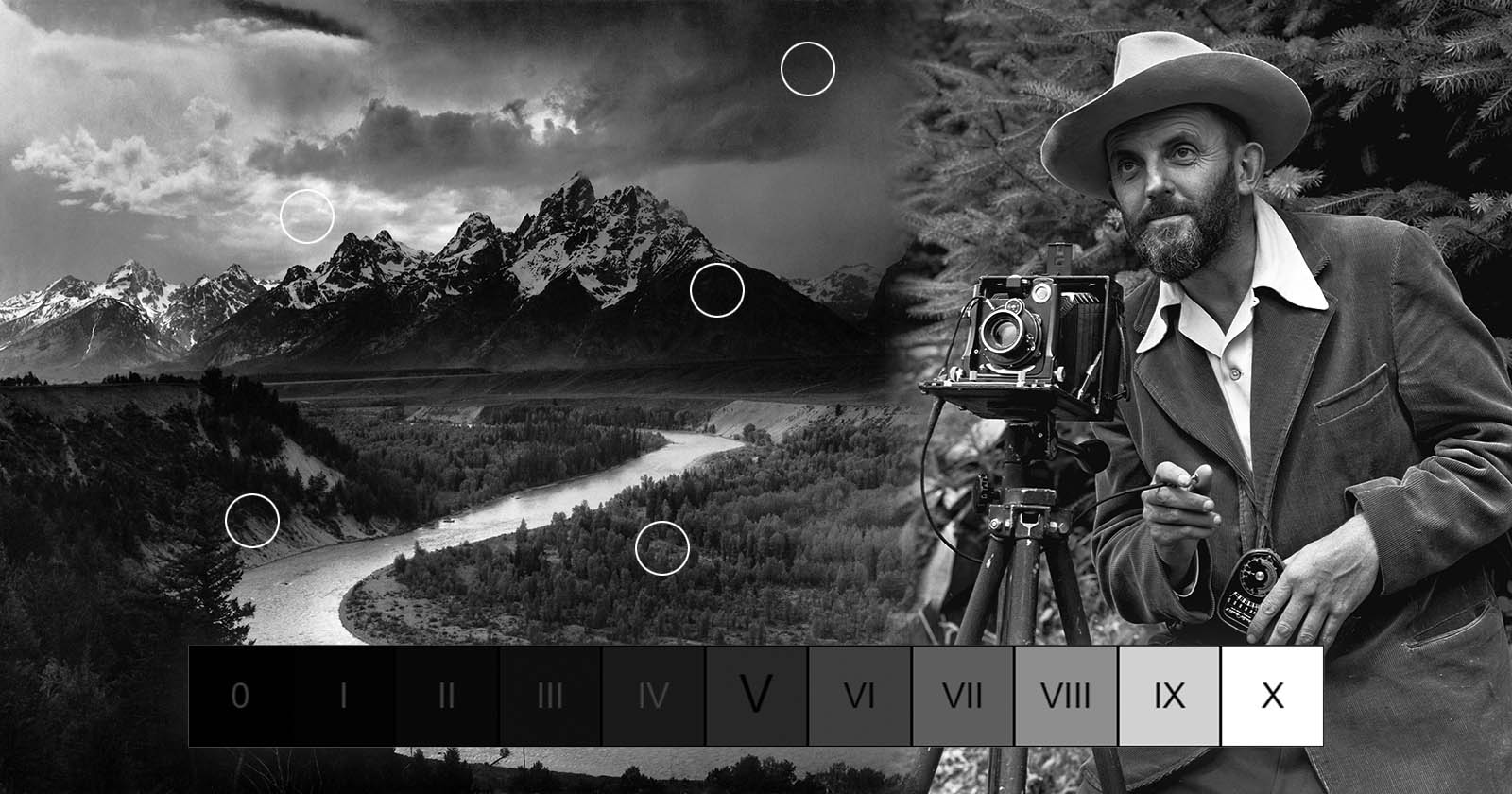
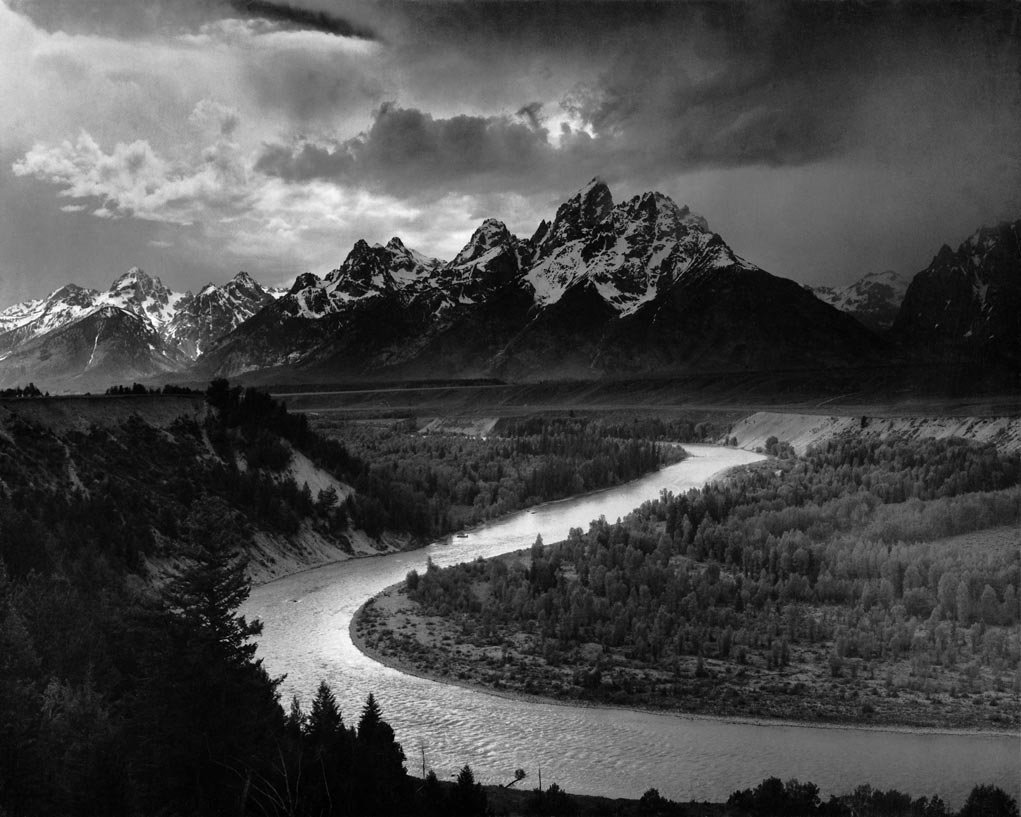
The 11 zones in Ansel Adams’ system were defined to represent the gradation of all the different tonal values you would see in a black and white print, with zone 5 being middle grey.
analyses –

On the chilly spring morning of April 10th, 1927, Ansel Adams set out along Yosemite’s LeConte Gully to capture an image of the striking sheer face of Half Dome, one of Yosemite National Park’s most iconic natural features. – when and where photos was taken
visual – this photo has high contrast and tonal ranges, which make its seem more dramatic. to do this he used a red filter to darken the sky, which made the rock face appear more striking. the deep back and bright highlights enhance the depth + scale. which the contrast emphasizes the rugged texture of the rock + its interplay with light.
technical – within this photo he used a Panchromatic glass plate negative which captures a broad range of tones, which is important for high-contrast images. this image has likely been taken by a small aperture for a deep depth of field, also with long exposure to capture small details, this ensure clarity and sharpness throughout the image.
conceptional – with in this photo he manipulated the scene using a red filter to darken the sky and enhance contrast, this shows that its not just a photo capturing reality, its more so an artistic interpretation.
contextual -this photo was taken in 1927, this was when photography was still evolving as a fine art medium, which shows that Adam was a part of the movement to make photography go past just taking a photo of reality and instead becoming a part of fine art.

